2026 Dodge Charger: Jumpin’ Sixpack, It’s a Gas, Gas, Gas!

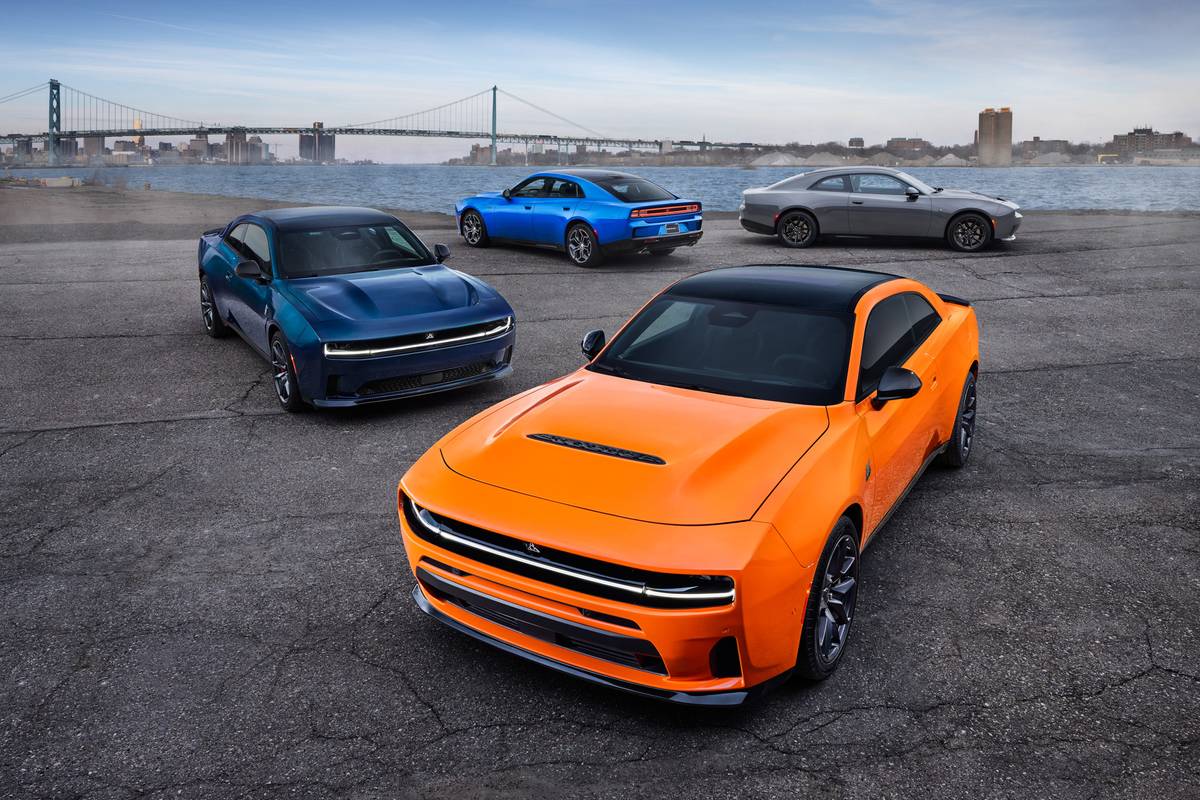
Look, we all knew the idea of a $60,000+ all-electric Dodge Charger was going to be a hard sell. Well, most of us who were paying attention to who the typical Charger customer knew it anyway; the top executives at Stellantis (parent company of the Dodge brand) decided to ignore that. And, as predicted, barely any of them have sold; we’re talking just a few thousand units being moved in the first half of 2025. While you can most likely get one at a steep, steep discount now at a local dealer, the idea of an electric muscle car in this social and political climate … that dog don’t hunt.
Related: 2024 Dodge Charger: The Brotherhood of Muscle Lives On
But since Dodge has a neat platform underneath the Charger that can accommodate both gasoline and electric powertrains, a gas-powered version was announced from the get-go a little more than a year ago — and it has finally arrived. The 2026 Charger Sixpack is powered by two versions of the twin-turbocharged 3.0-liter Hurricane inline-six-cylinder engine. It will be available in both coupe and sedan variants and in two trims: the lower-priced R/T with the 420-horsepower Standard Output engine and the higher-performance Scat Pack trim with the High Output engine cranking out 550 hp.
So, what else do you get with the new gas-powered Charger, and how much does one cost? And will a turbo-six do when you know Dodge fans really want a Hemi V-8?
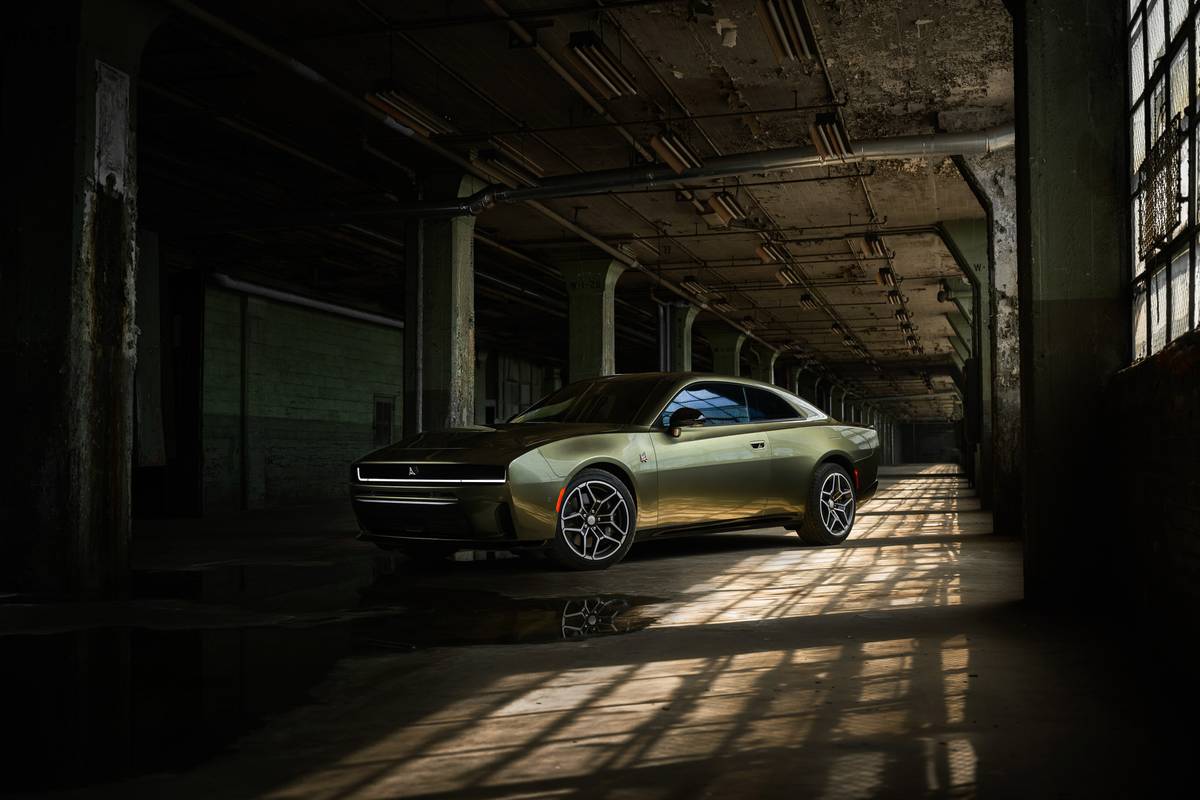
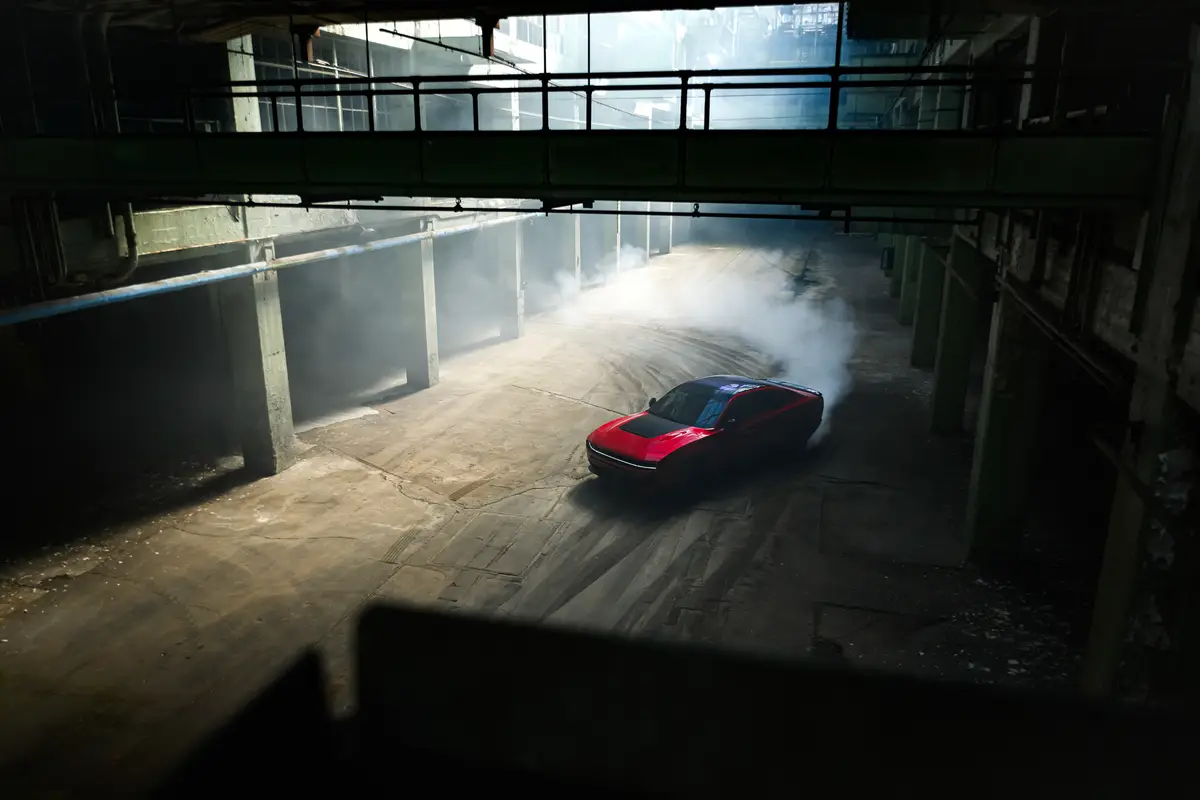
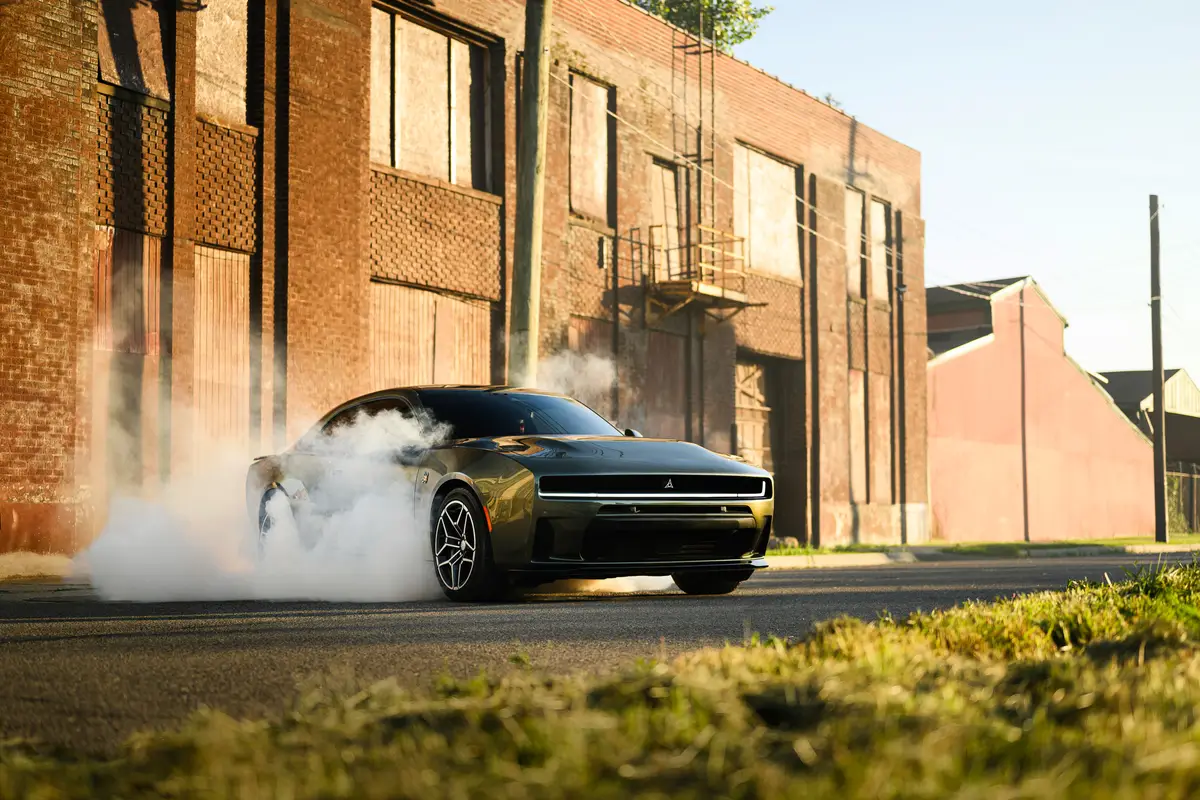
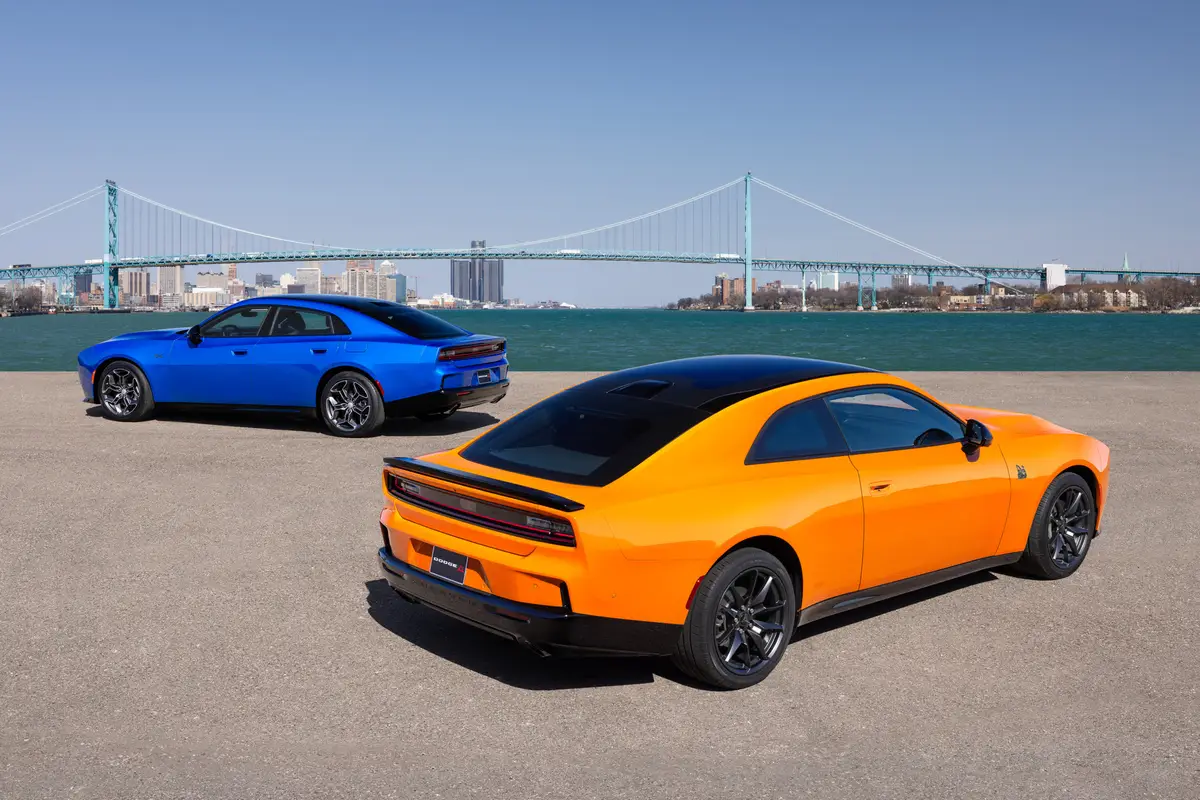

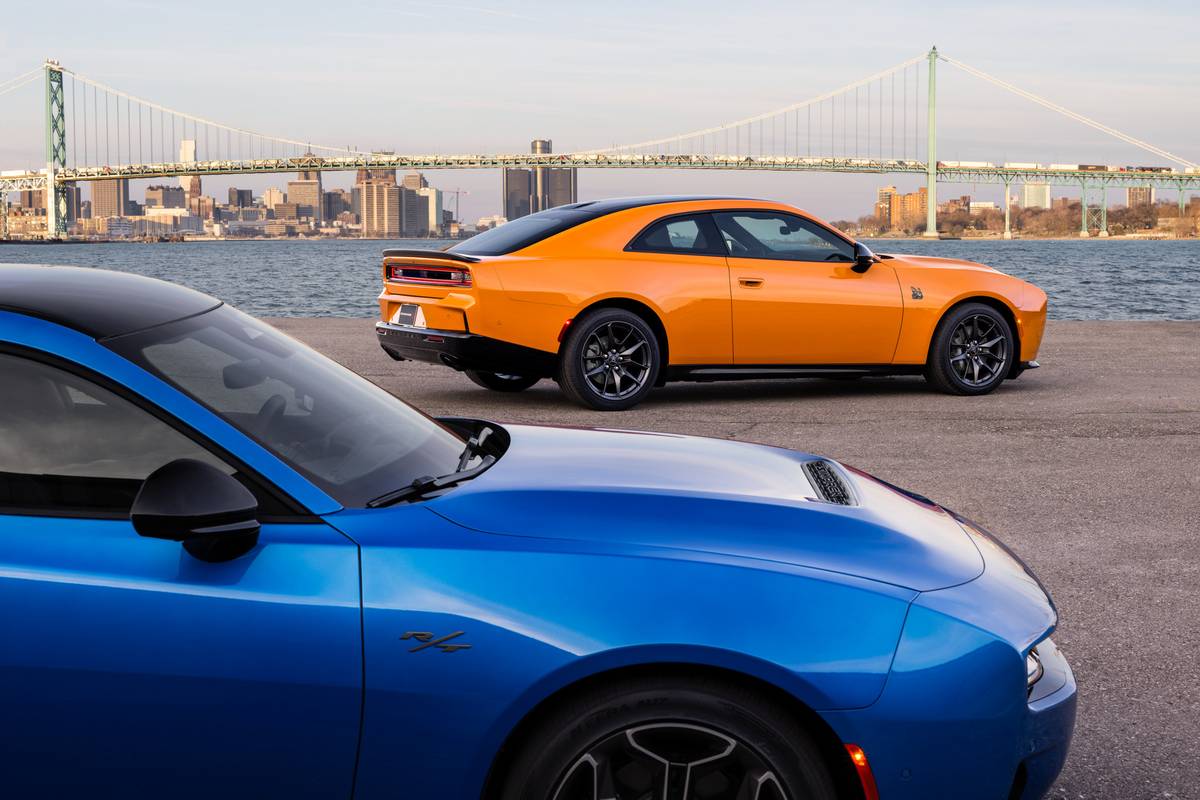
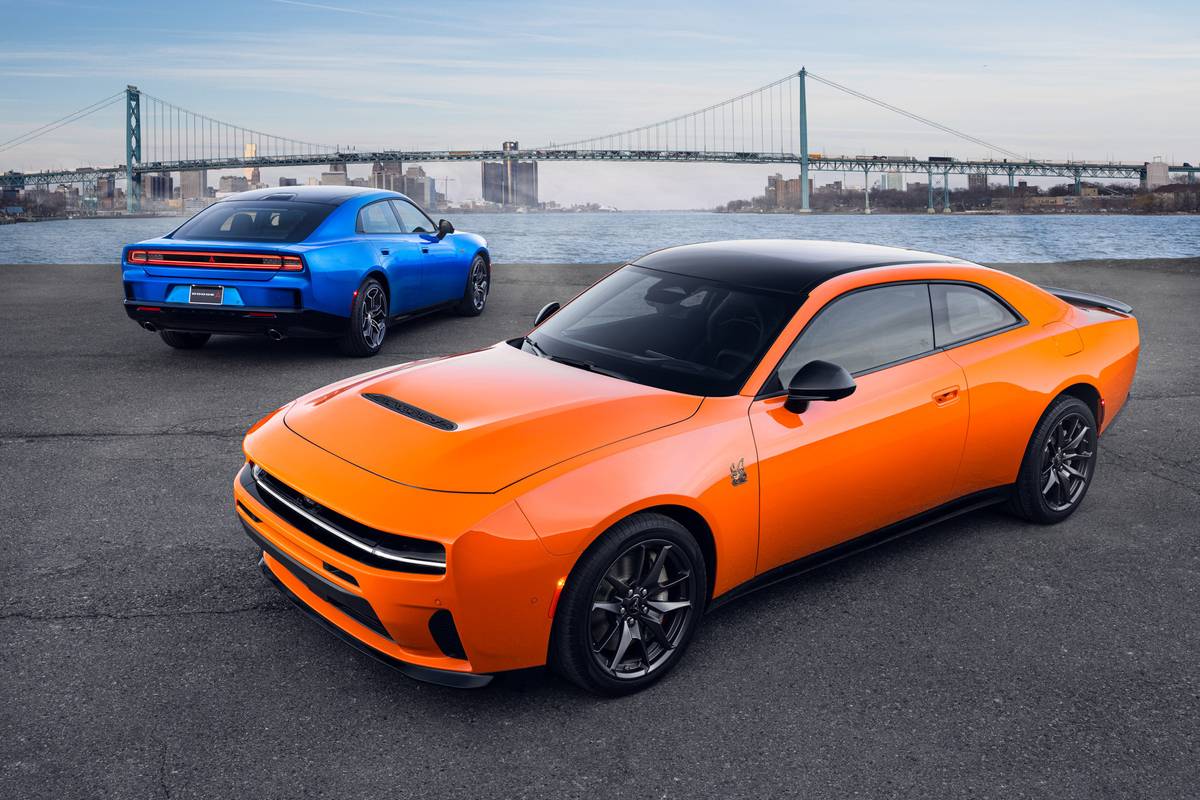
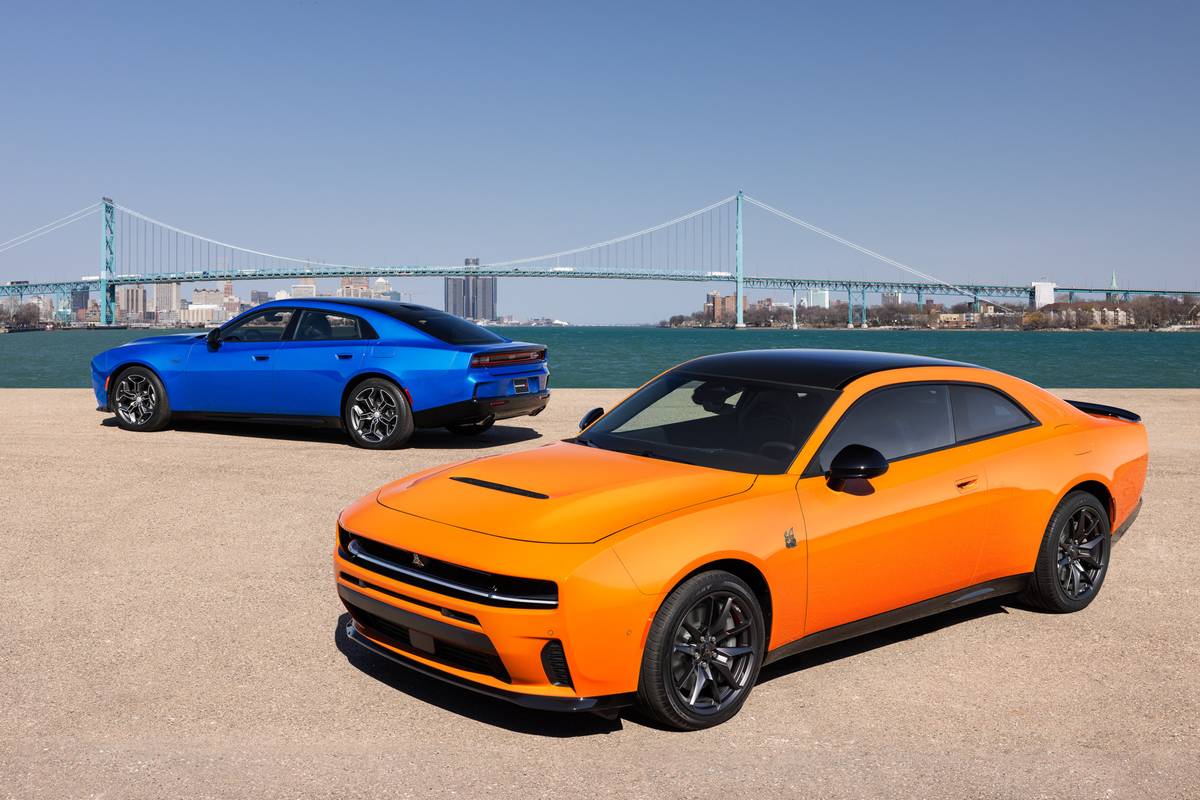
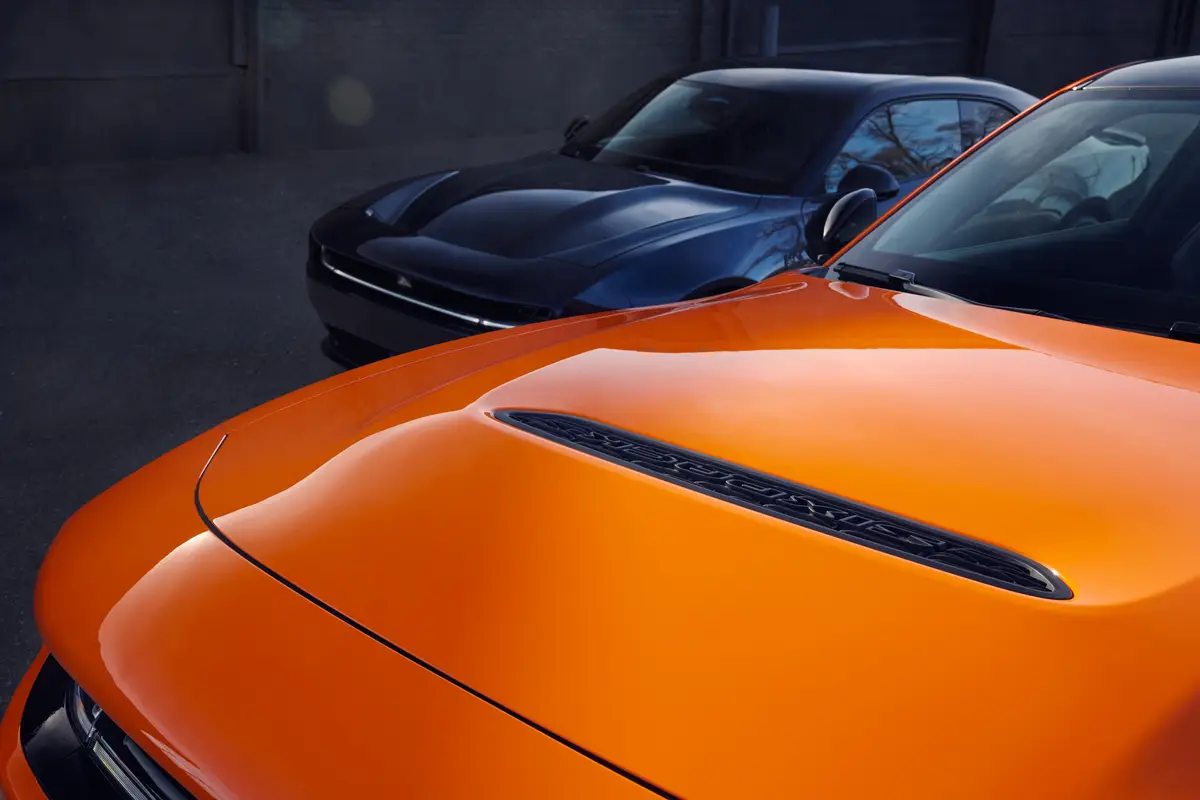
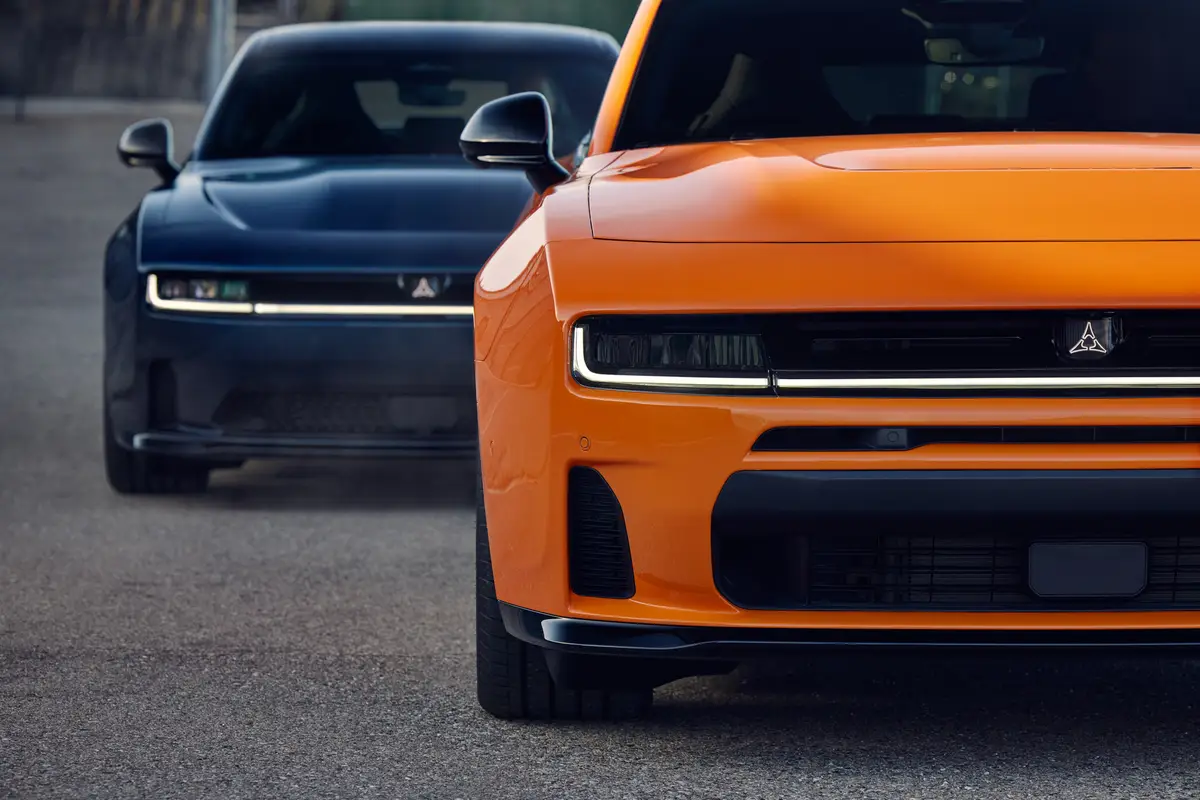










How Much Will the 2026 Dodge Charger Cost?
There are now three powertrains available for the 2026 Charger: two gas (Sixpack) and one electric (Daytona). Two trims will be available for the gas model, but only one for the electric vehicle. Two-door coupe versions will be the standard for all Chargers, with four-door sedan variants costing $2,000 more across the board (all prices include a delivery fee of $1,995).
- Sixpack R/T: $51,990
- Sixpack Scat Pack: $56,990
- Daytona Scat Pack: $61,990
The Canada-built Charger Sixpack will also have a staggered rollout. The first available will be the Sixpack Scat Pack coupe, which sees orders open Aug. 13 for deliveries in the second half of 2025. The Charger Sixpack R/T coupe and sedan and the Scat Pack sedan will be available in the first half of 2026. The electric 2026 Charger Daytona coupe and sedan are available right now.
‘All Ate Up With Motor’
- The 2026 Charger Sixpack has two gas powertrain options, an eight-speed automatic transmission and standard all-wheel drive.
- Features include line lock, launch control and the ability to enable a rear-wheel-drive mode.
The big news for 2026 is obviously the addition of two gasoline engines to the Charger lineup. The R/T trim comes with the Standard Output 3.0-liter twin-turbo inline-six making 420 hp and 468 pounds-feet of torque, while the Scat Pack goes with the High Output version pumping out 550 hp and 531 pounds-feet. This means that the Charger Scat Pack features the most powerful version of the Hurricane engine yet, with the extra power coming from less restrictive intake and exhaust designs versus what these engines come with in their current applications in Rams and Jeeps.
Both engines are mated to an eight-speed automatic transmission that sends torque to all four wheels, making these the first-ever muscle cars with standard all-wheel drive. But more interesting than that is the button that enables a rear-wheel-drive mode that sends 100% of the power to the back tires for burnouts, drifting, donuts and general hooliganism.
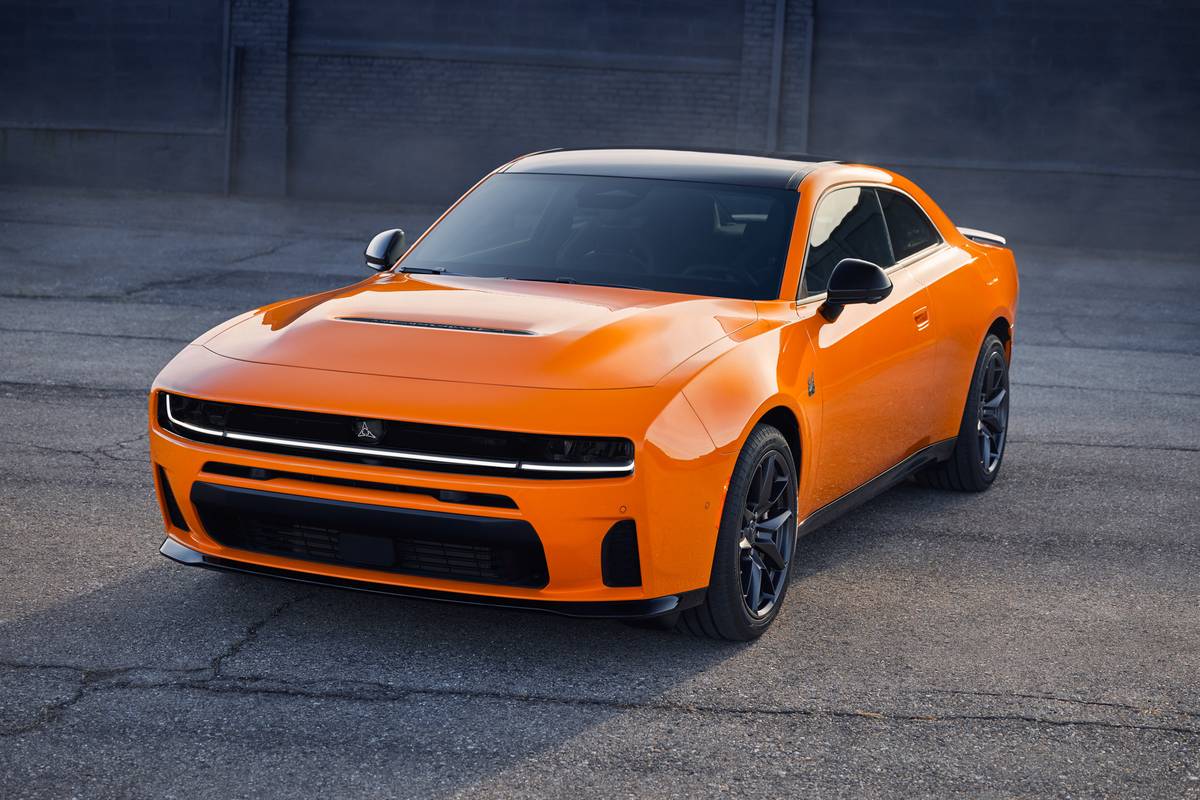
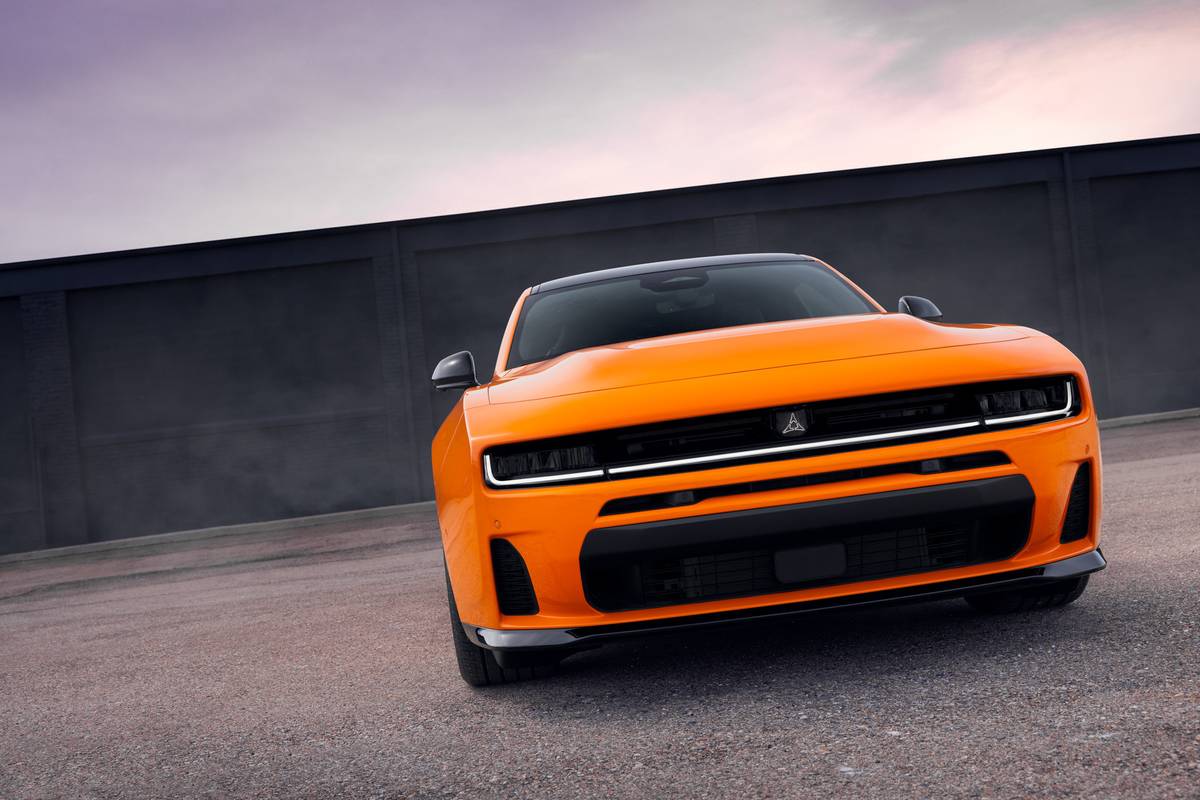
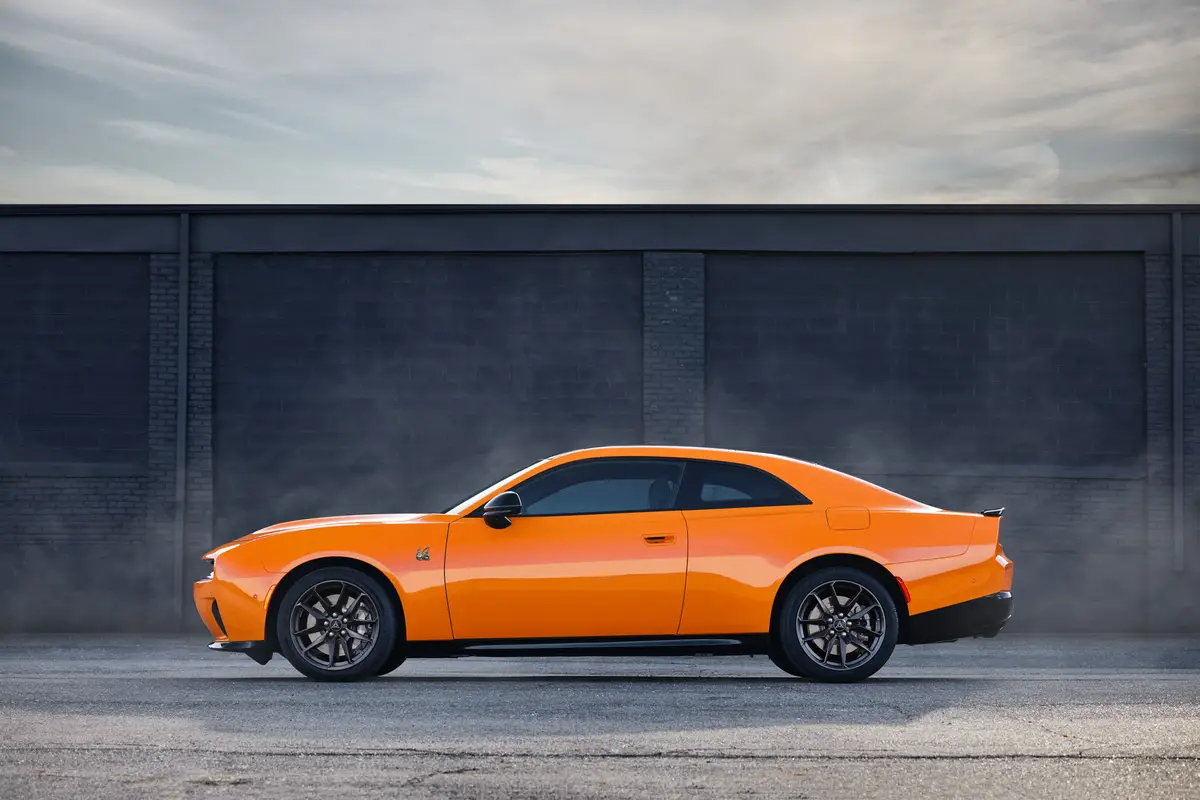
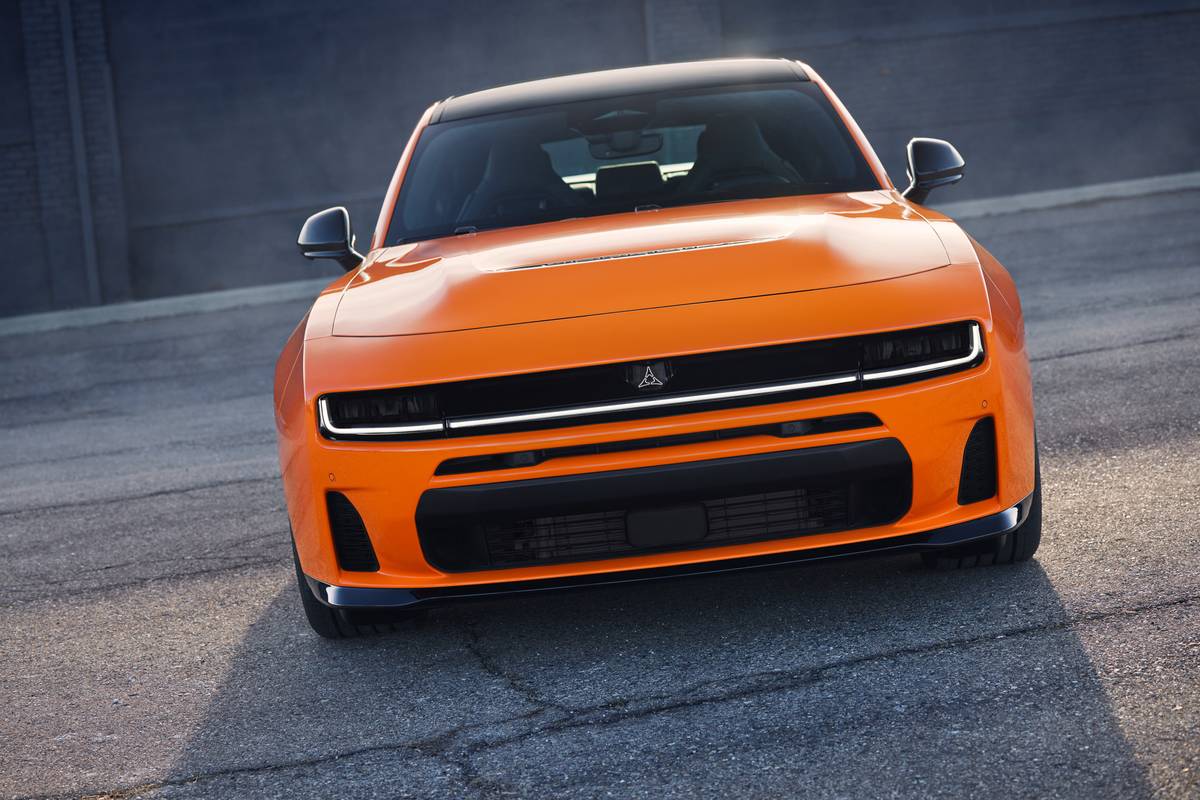
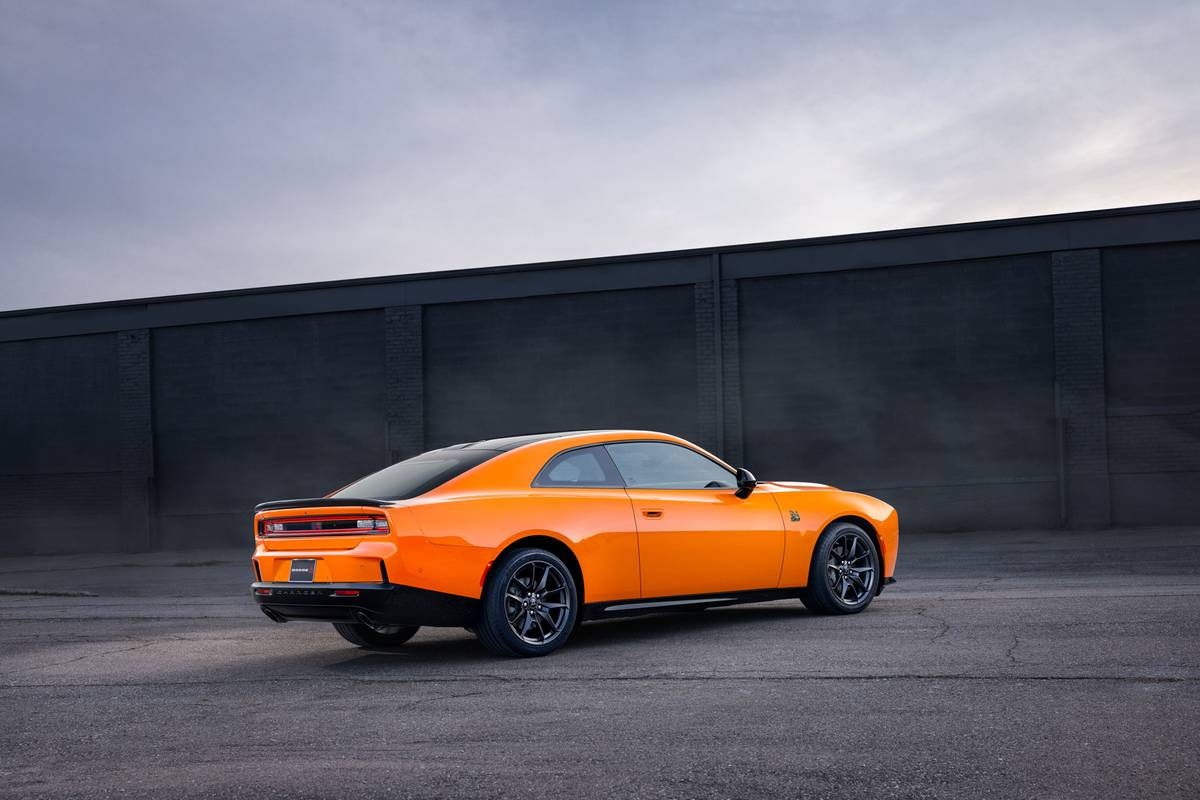
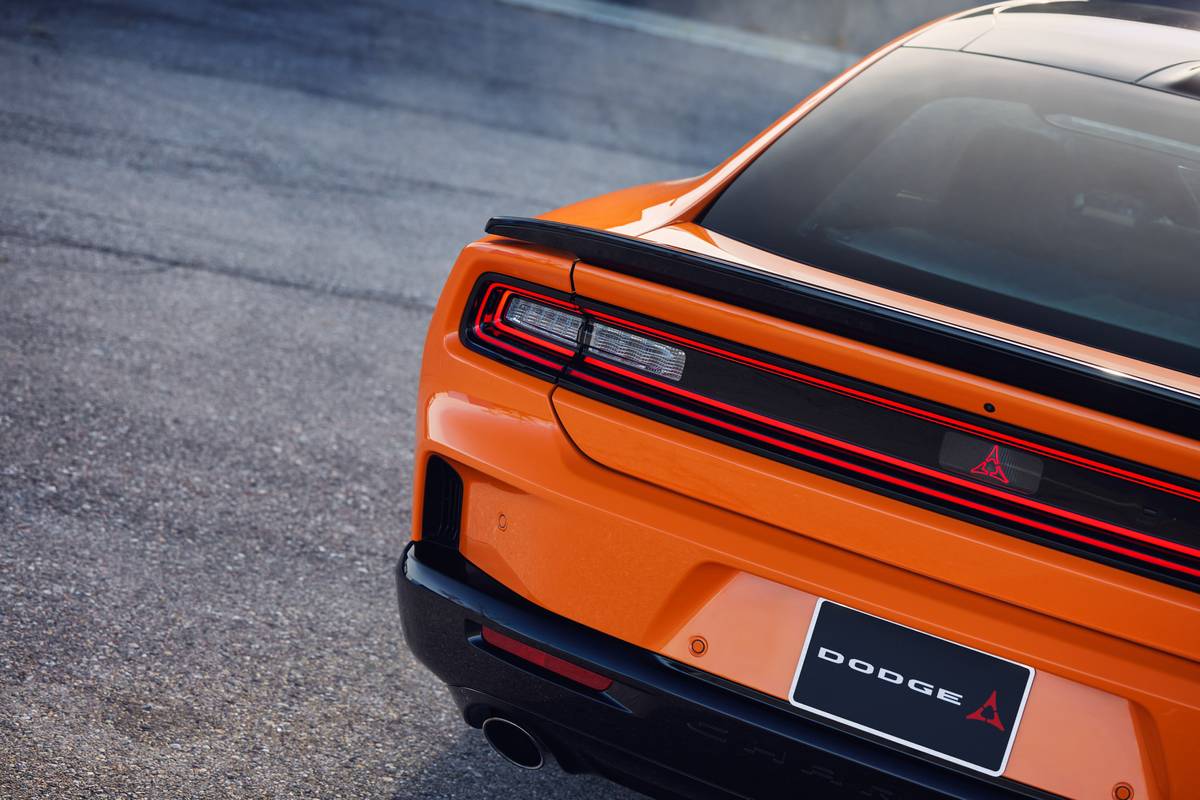
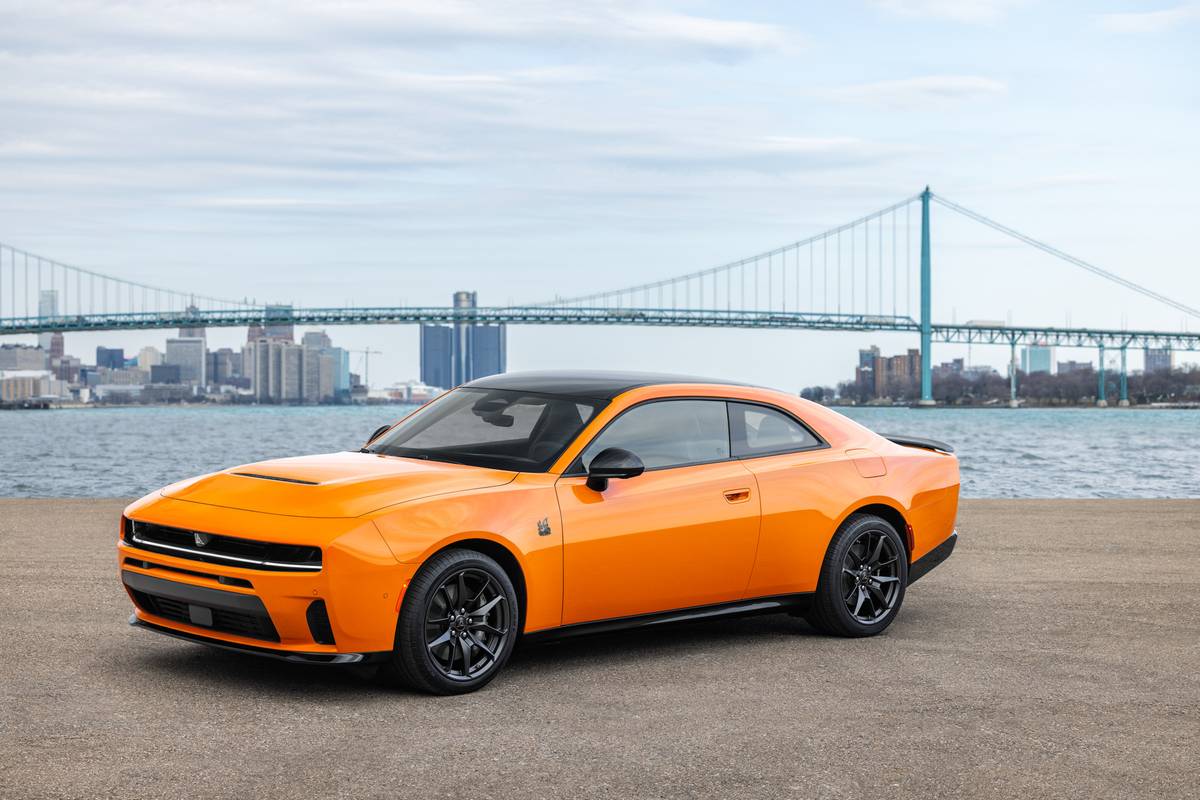
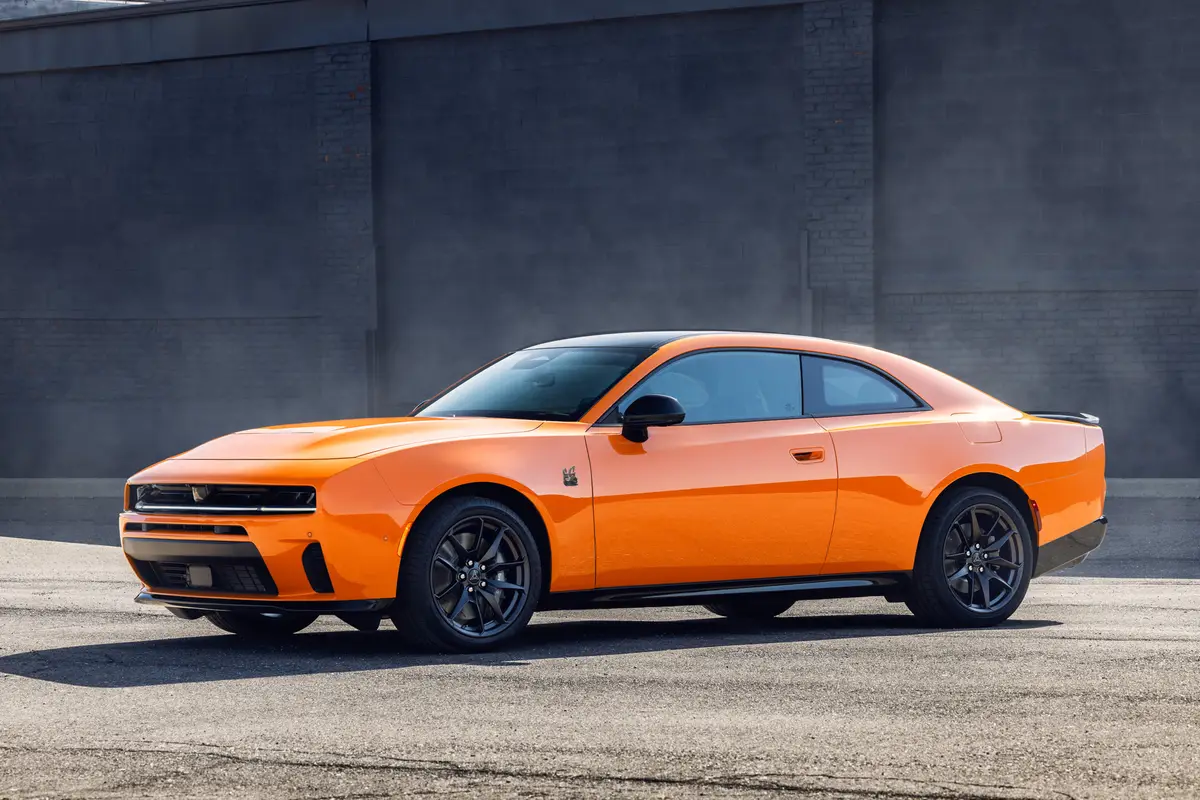
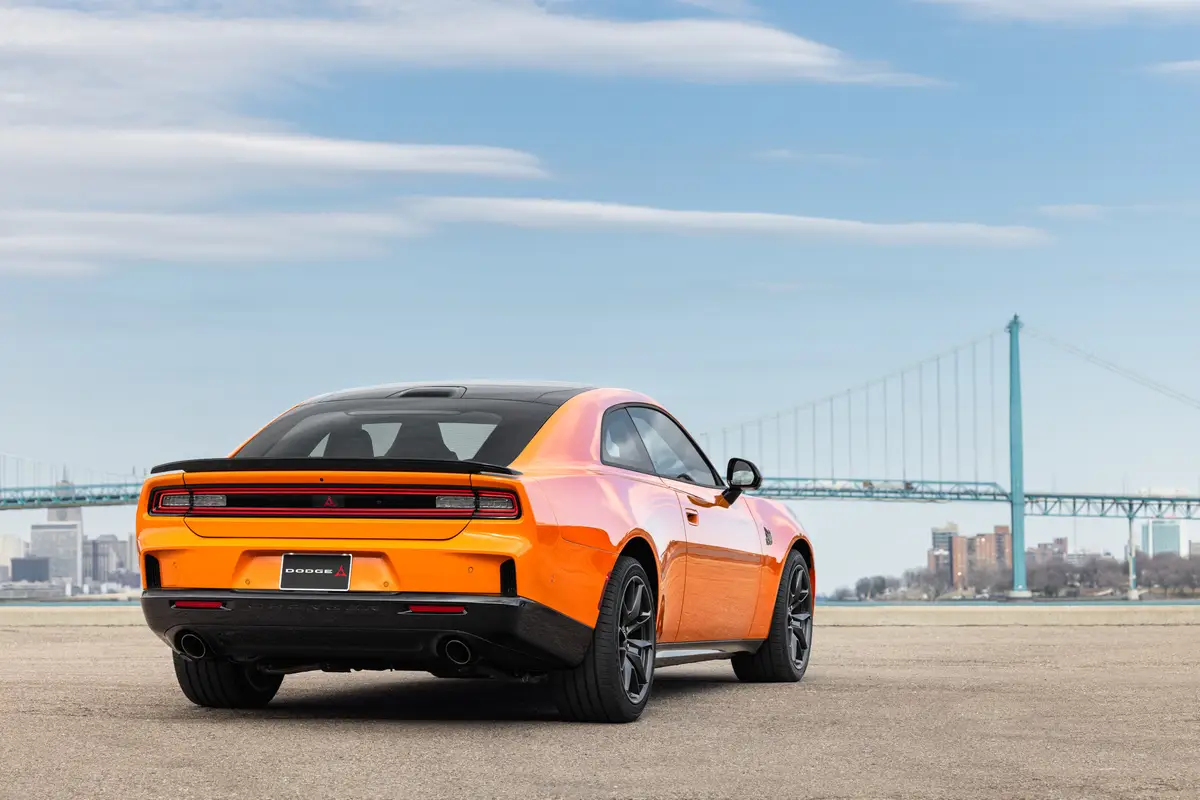
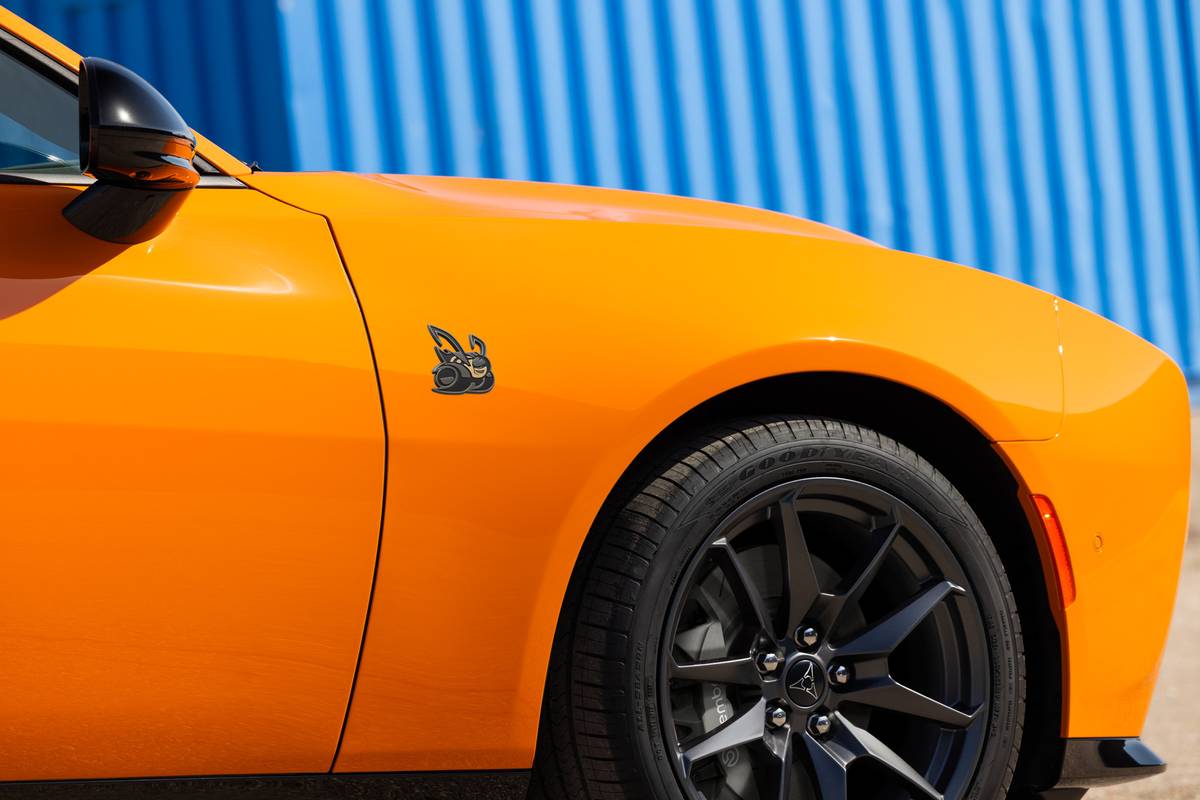
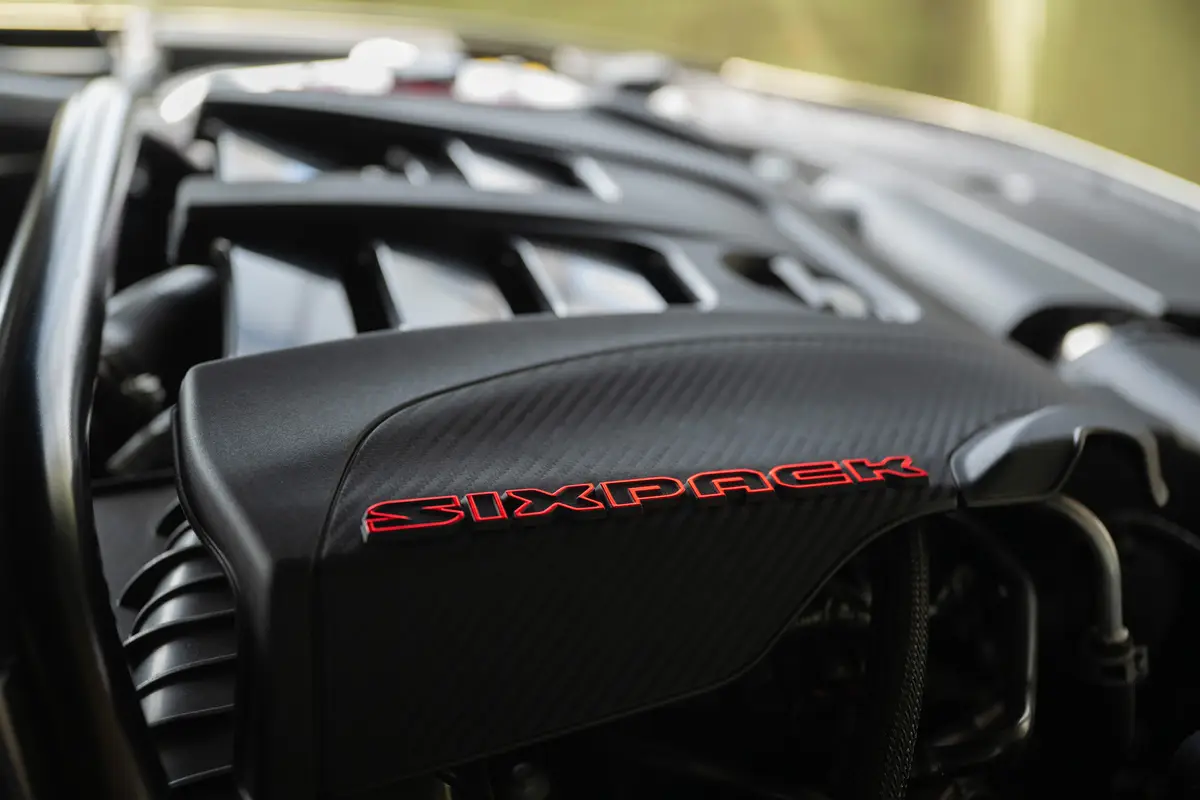
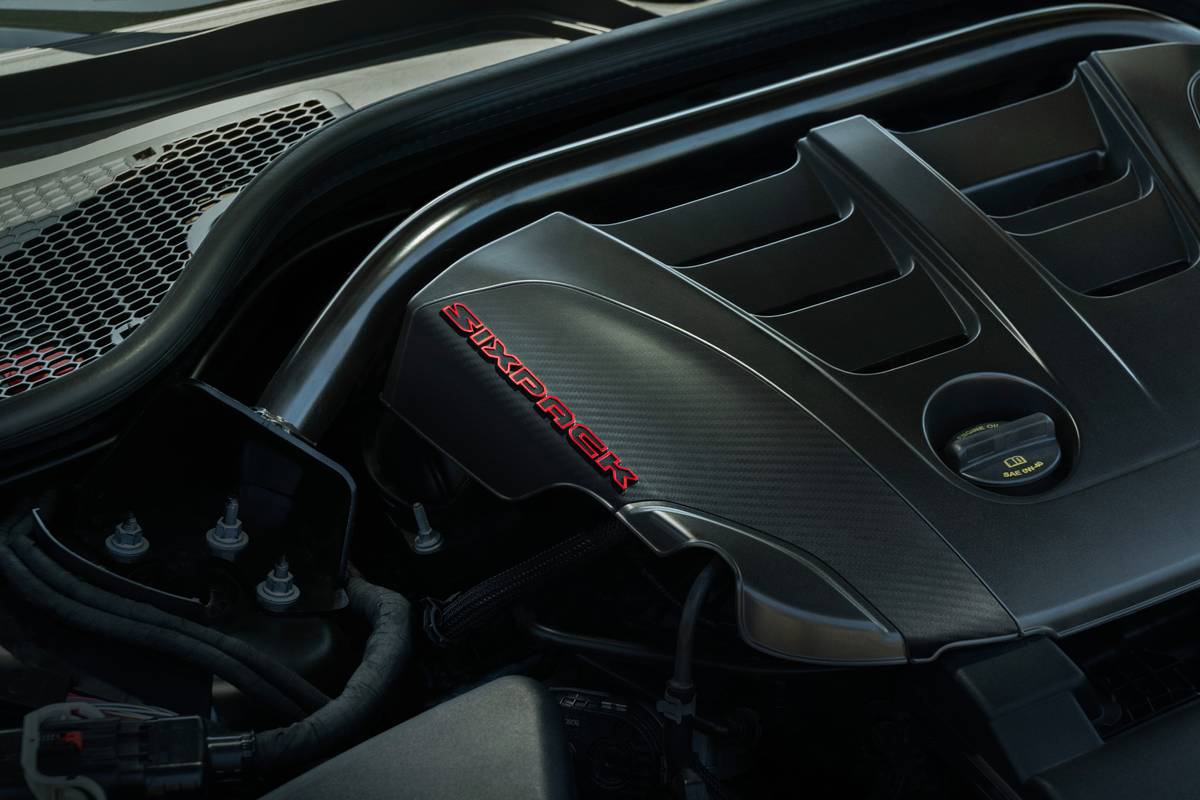
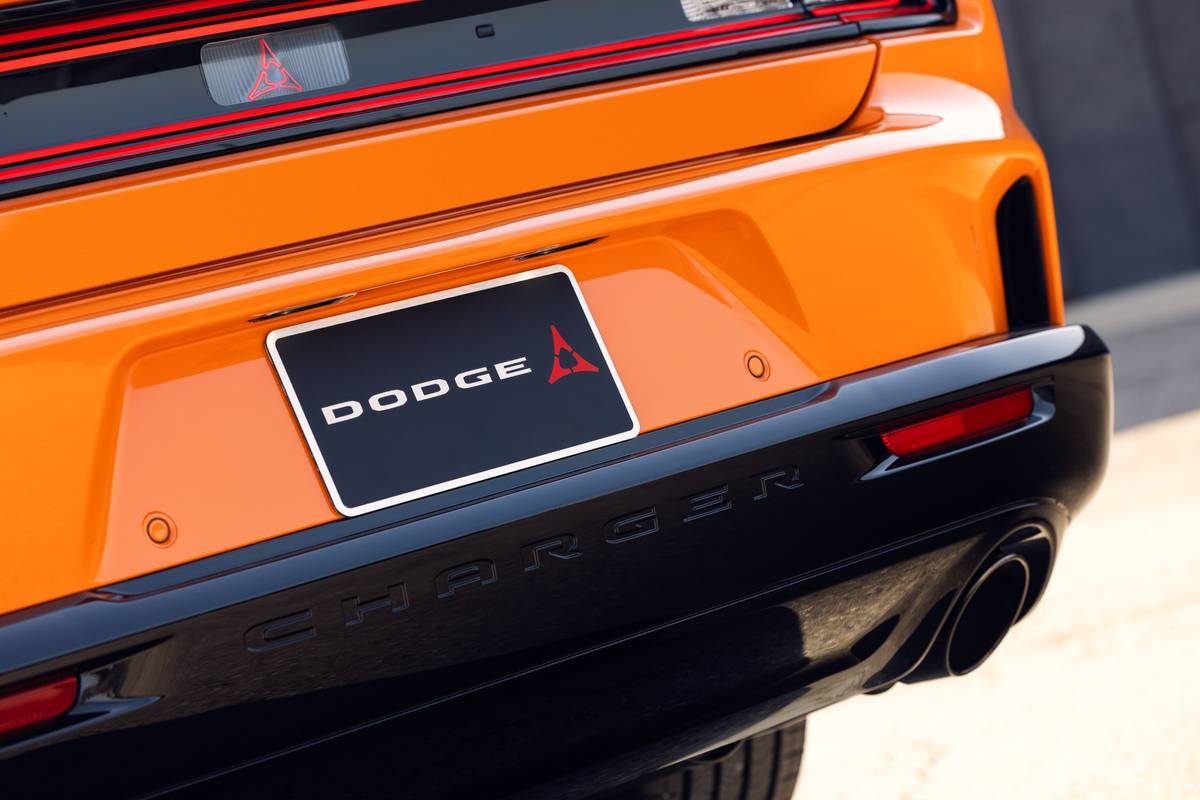
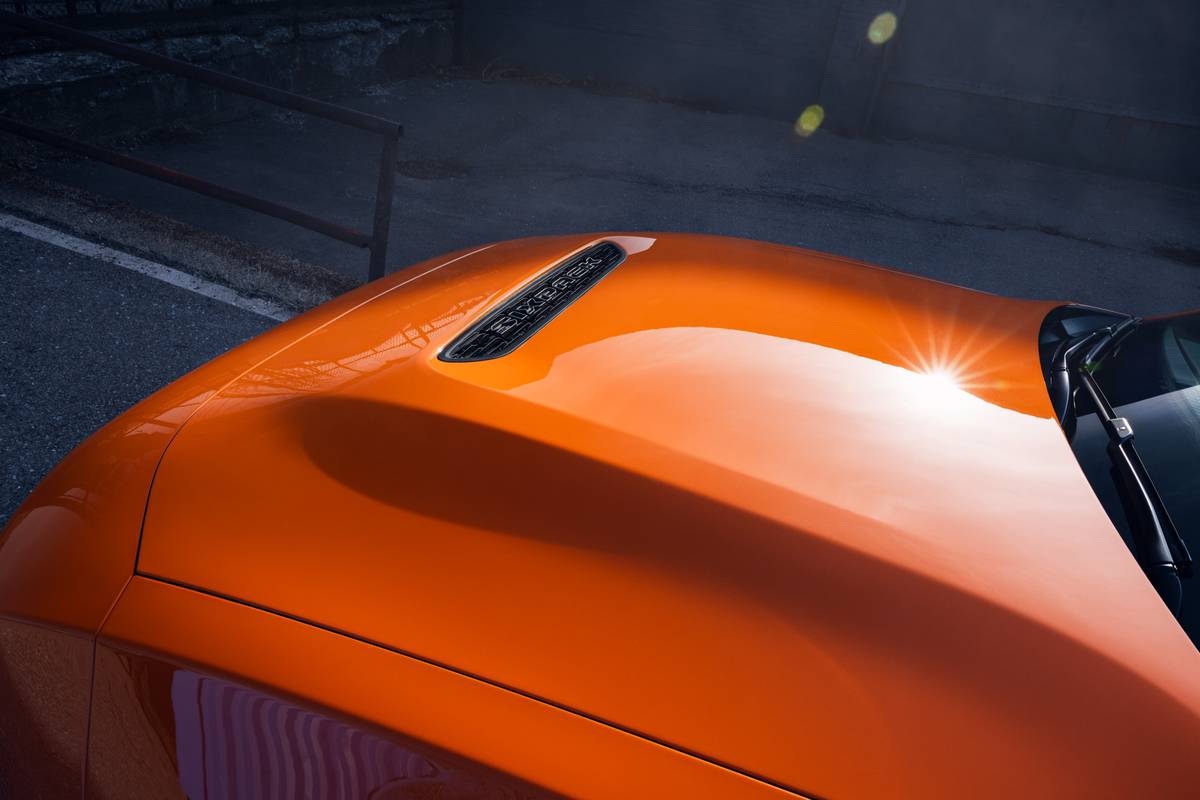
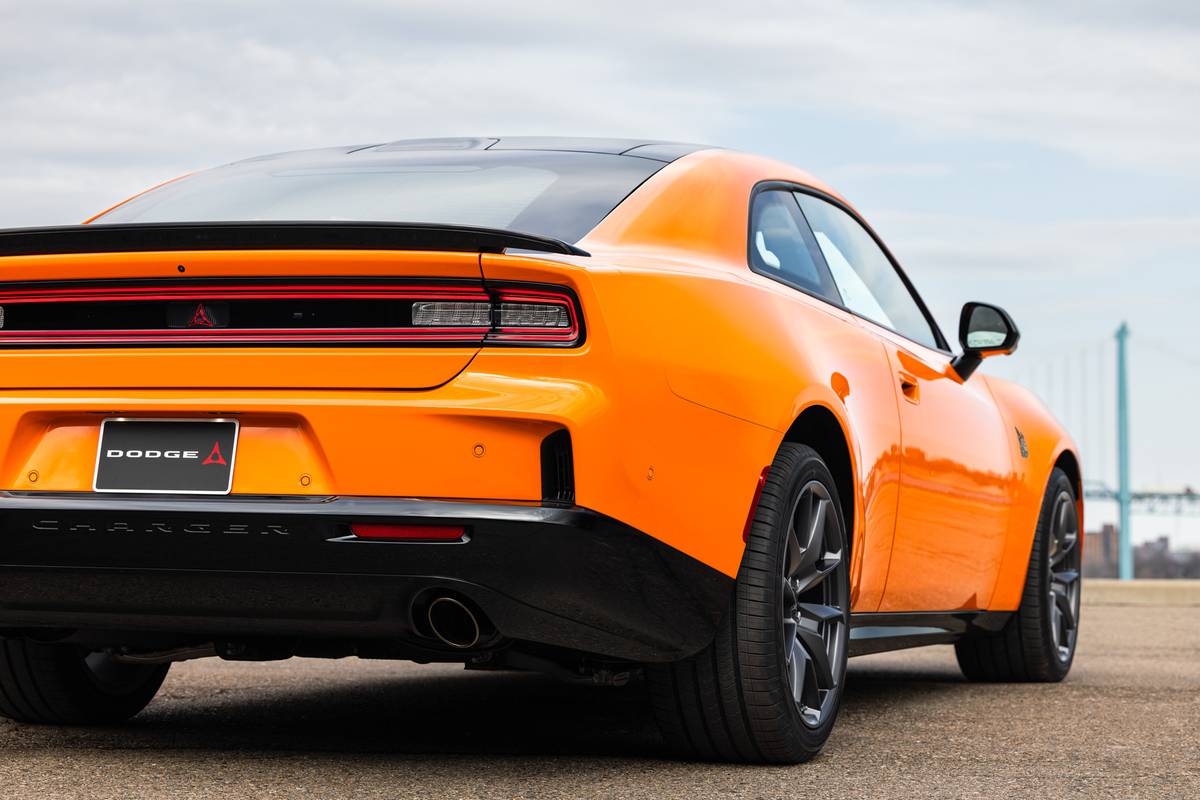
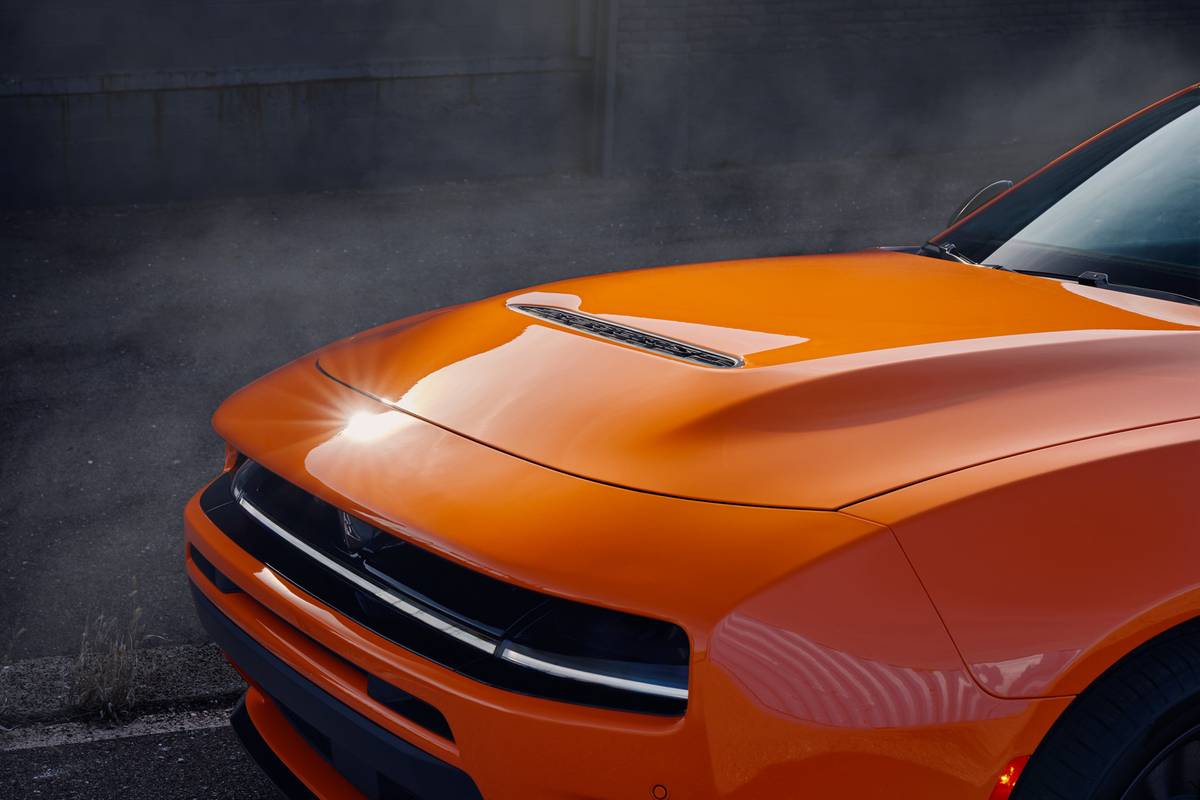
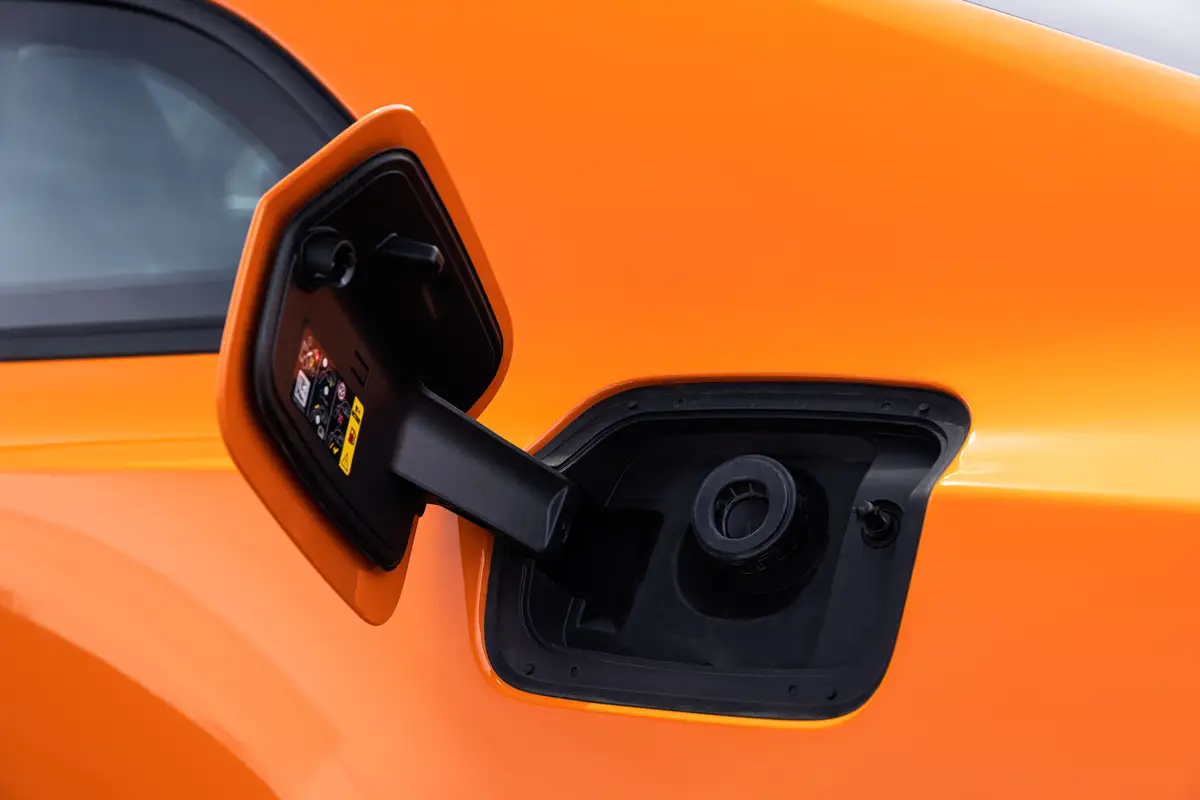
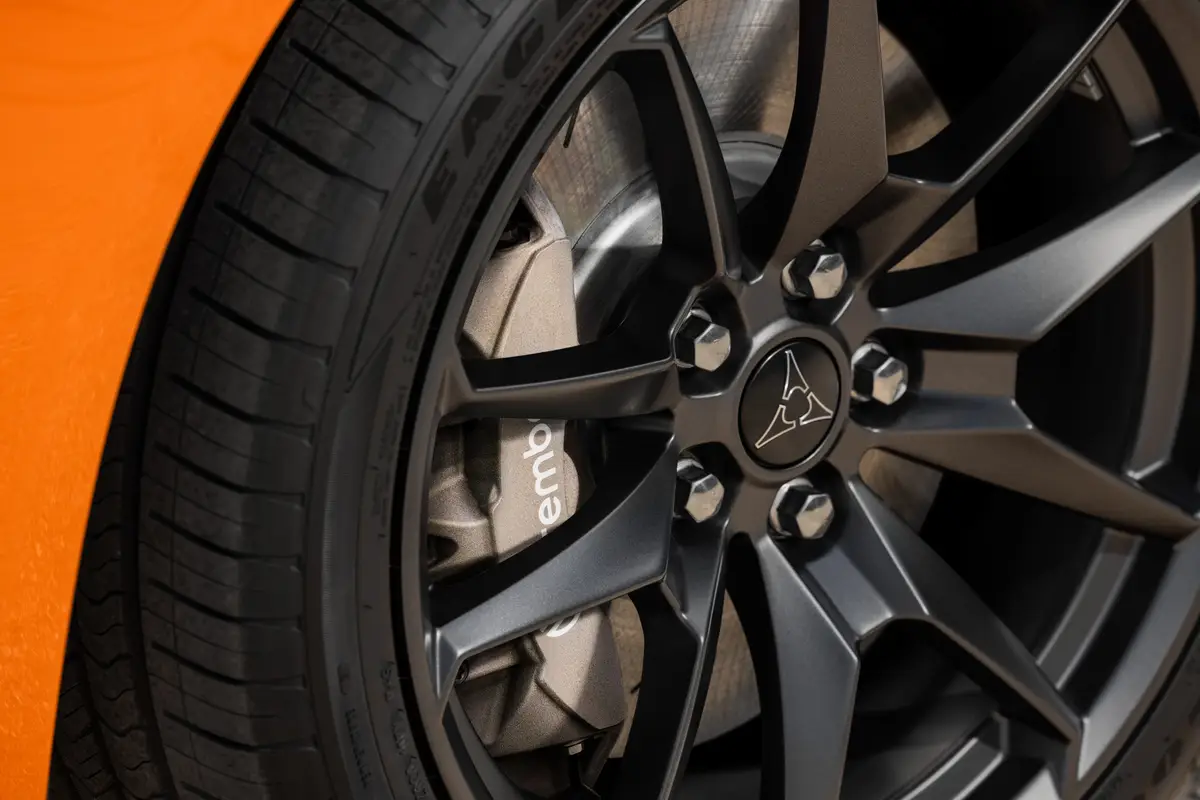
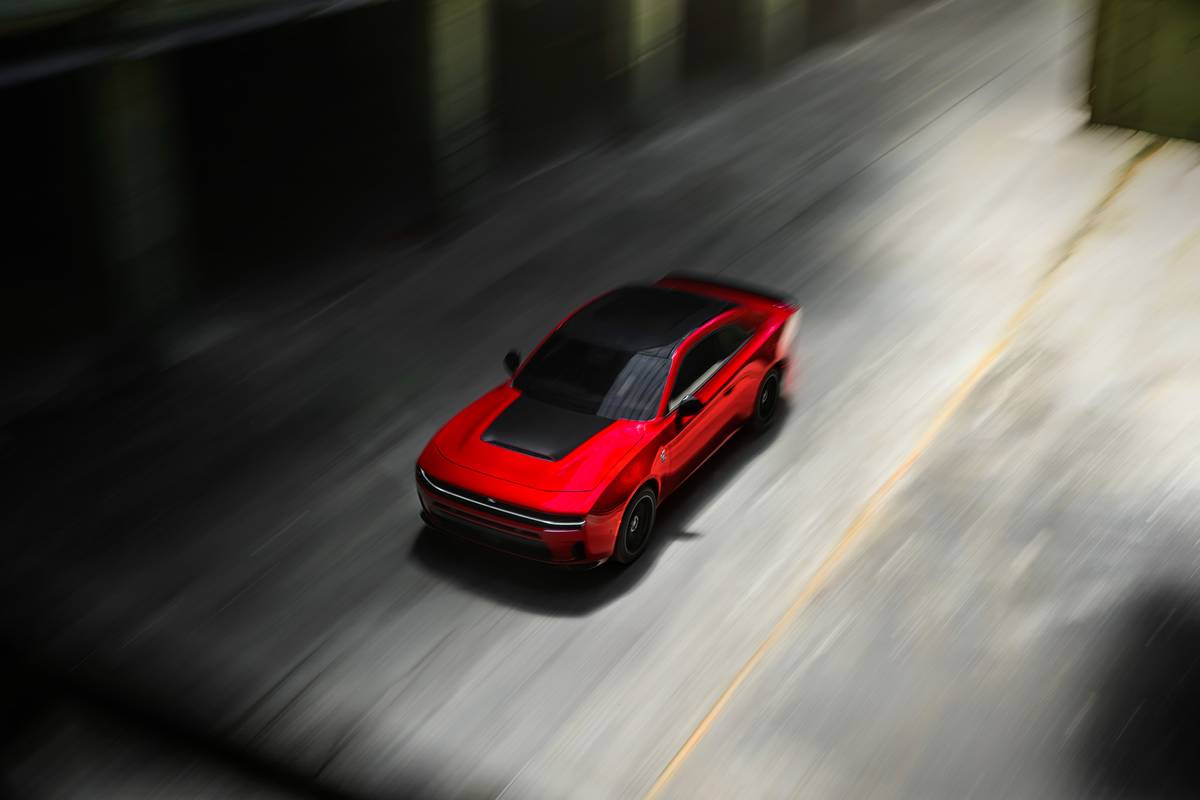
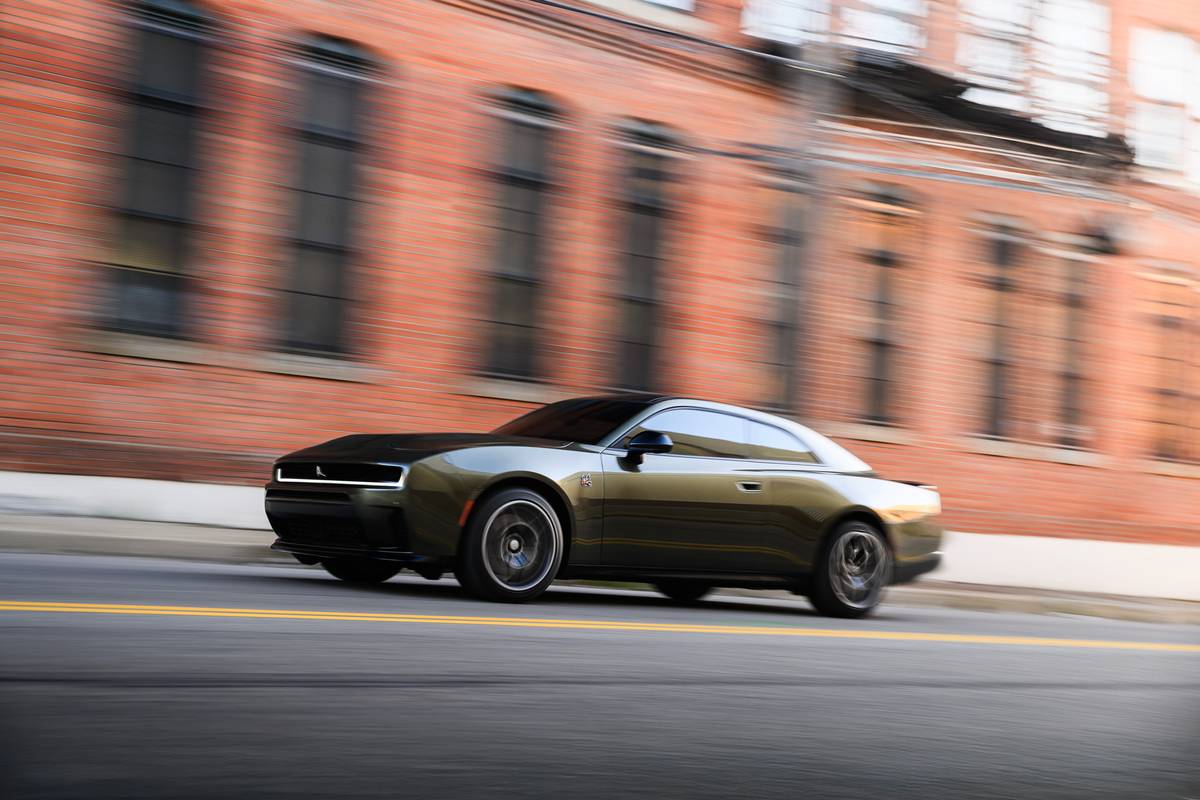




















Performance numbers for the less powerful R/T are not yet available, so today we’ll be talking pretty much exclusively about the Scat Pack. When you leave the AWD engaged, the Charger Scat Pack Sixpack can rocket from 0-60 mph in under 4 seconds, covers the quarter-mile in 12.2 seconds and tops out at 177 mph.
A standard line-lock feature will lock the front brakes for a tire-cleaning burnout on a drag strip, whereupon the driver can reengage AWD and launch control for maximum traction. The wet-clutch transmission can also automatically decouple the front wheels (depending on driving conditions) to eliminate parasitic driveline loss in an effort to boost fuel economy. Additionally, an active exhaust features different settings tied to the drive modes for better breathing and noise, while active noise cancellation can eliminate unwanted tones if the driver just wants some highway cruising in peace.
The brakes are pretty hefty, as well, with the Scat Pack featuring 14.9-inch front and 14.2-inch rear ventilated discs, while the Brembo calipers are six-piston units up front and floating pieces out back. It’s also an electronic brake-by-wire system, with computer control designed to help eliminate fade from repeated hard use.
Wide Boy
- The Charger Sixpack’s styling differs from the EV’s, with a new front end, exhaust tips and an available rear spoiler.
The styling of the Charger changes with the gasoline powertrain, too. Gone is the electric Charger Daytona’s pass-through front air splitter and frunk — that’s where the engine, covered with a slick cover, now resides. The front-end styling also gets the incorporation of a black Sixpack logo on the grille, with all Chargers featuring front and rear LED lighting. The body retains its wide stance, as well, with Dodge claiming this is the widest car you can buy, and 20-inch Diamond Cut Luster wheels wear 275/40ZR20 Goodyear all-season rubber (other wheel styles will be optional). The back end has new exhaust tips in either stainless steel or black, as well as a standard gloss-black spoiler on the Scat Pack.
Eight paint colors will be available initially, named in the traditionally creative Dodge style:
- After Dark
- Bludicrous
- Diamond Black
- Green Machine (new for 2026)
- Peel Out
- Redeye
- Triple Nickel
- White Knuckle
Still a Slick Interior
- The Sixpack’s interior remains mostly the same, with available paddle shifters, Nappa leather and ambient lighting.
- A full safety-tech suite is standard, and options include packages that customize the interior and exterior.
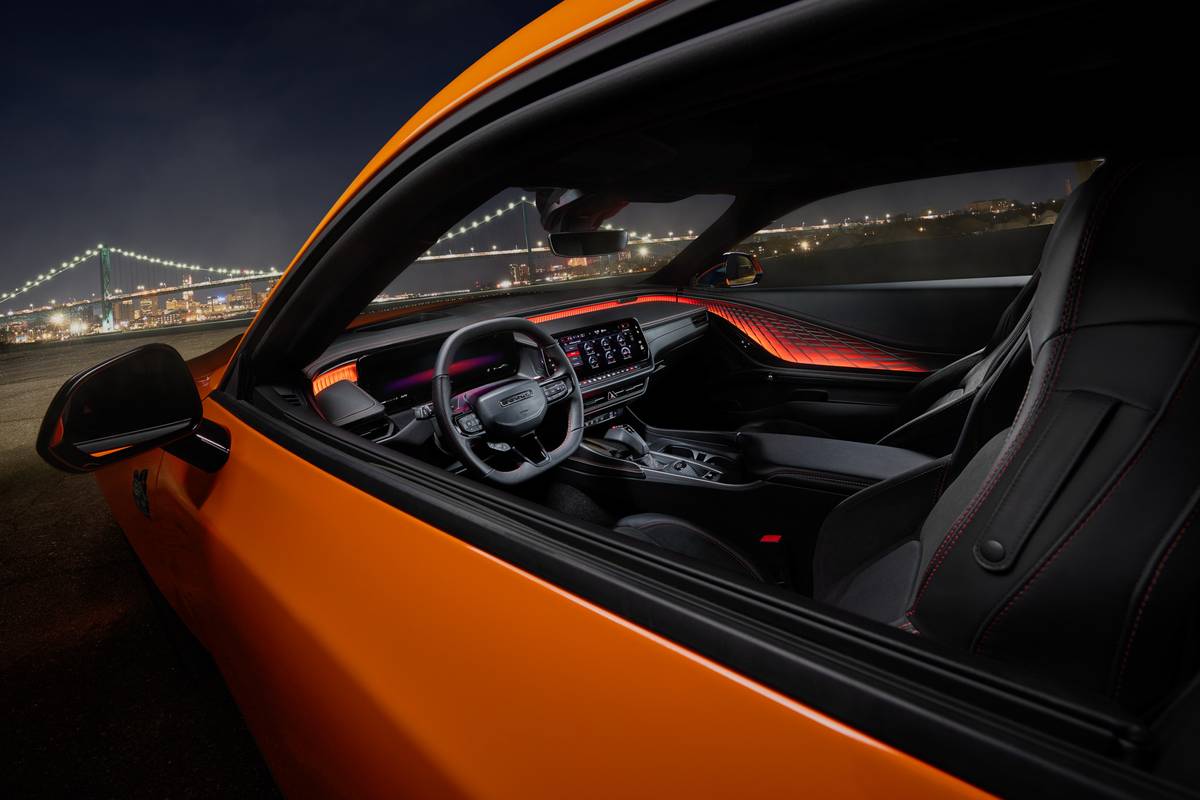
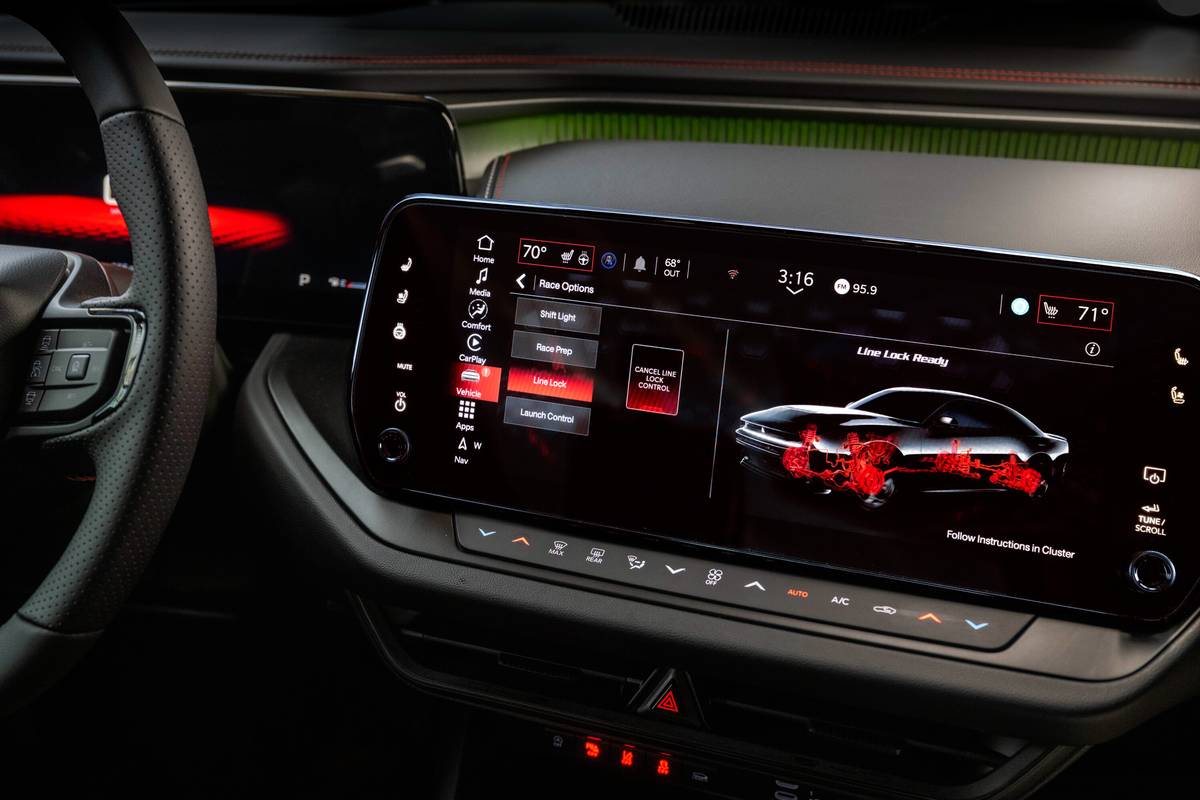
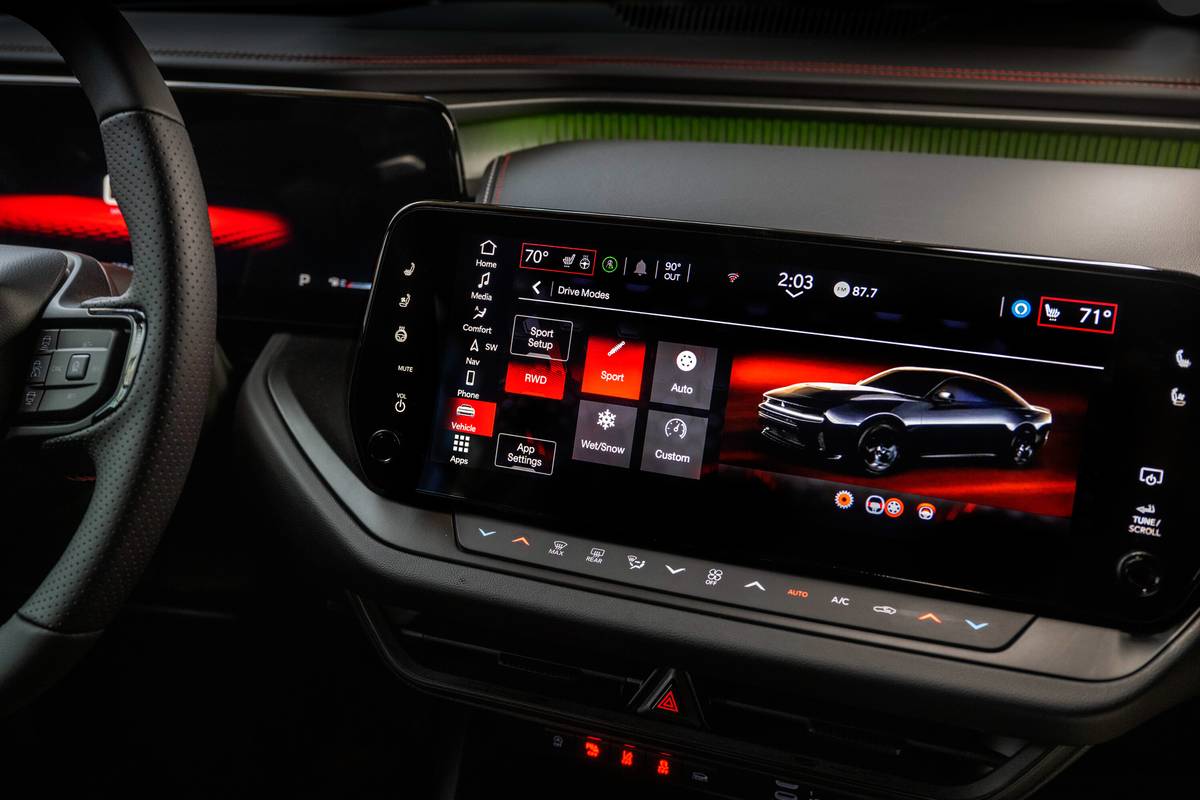
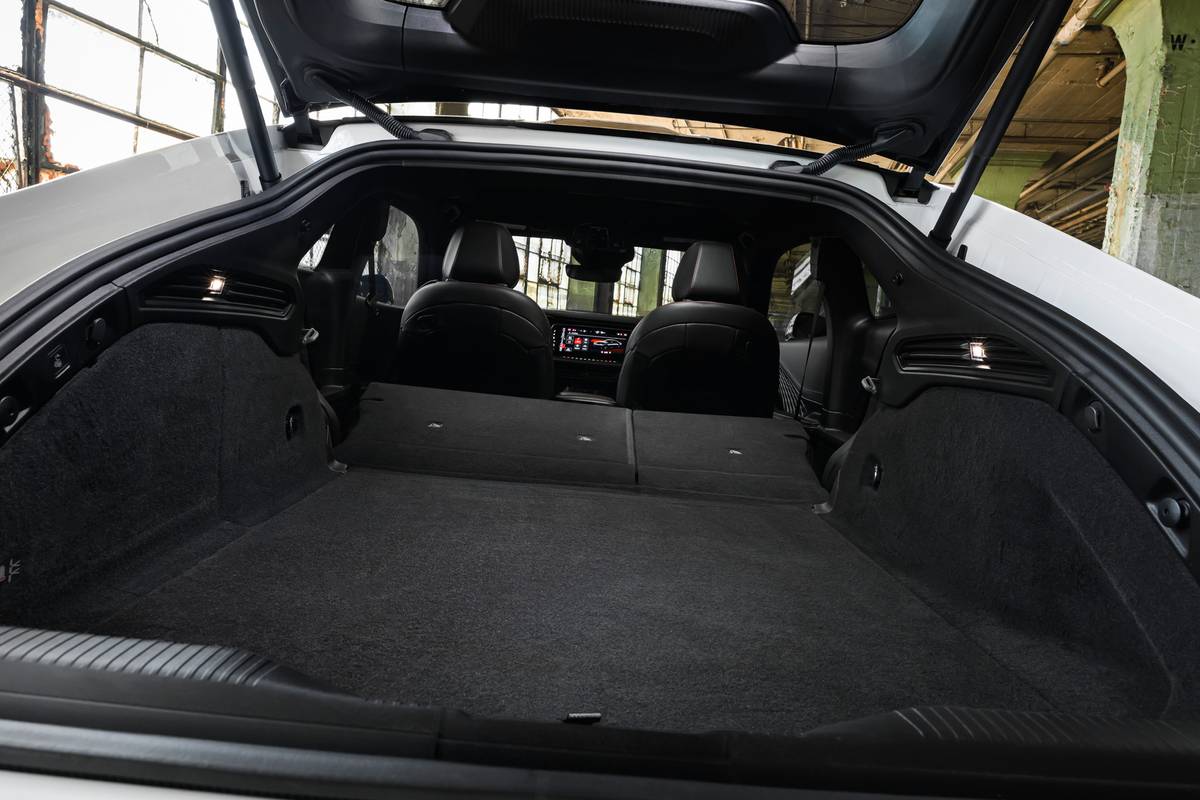
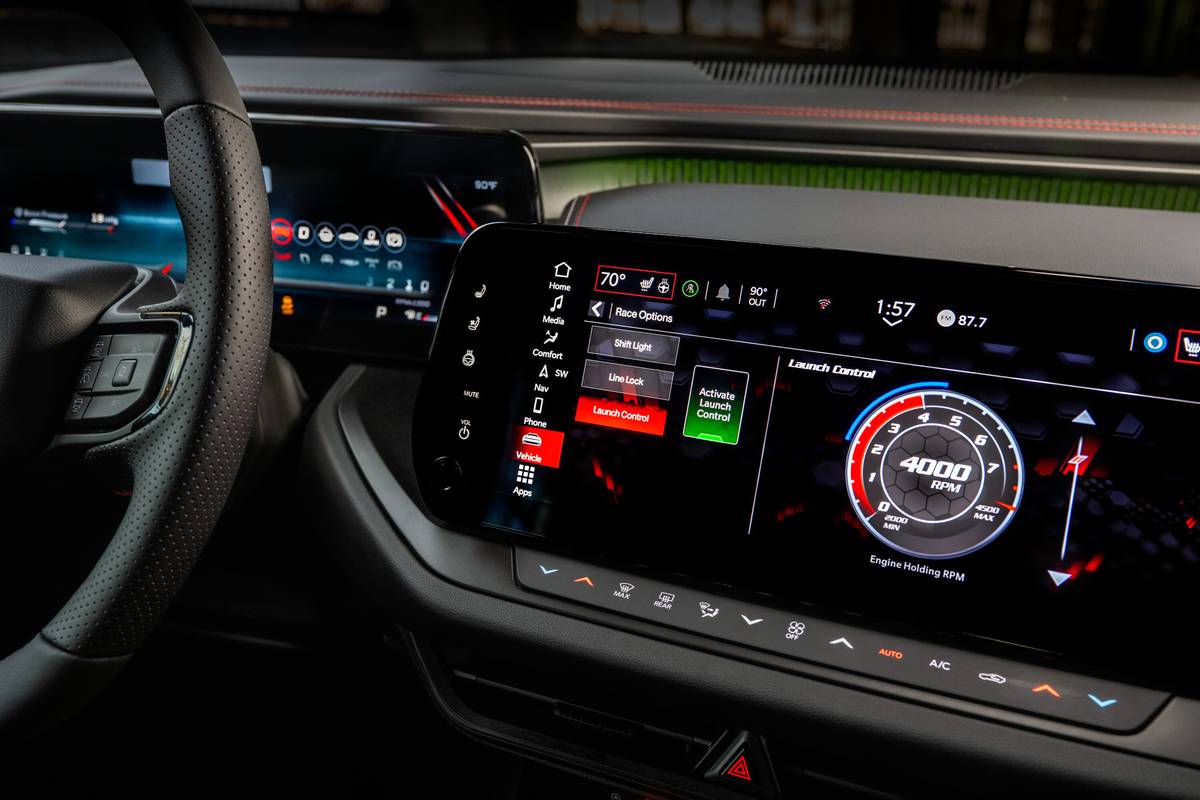

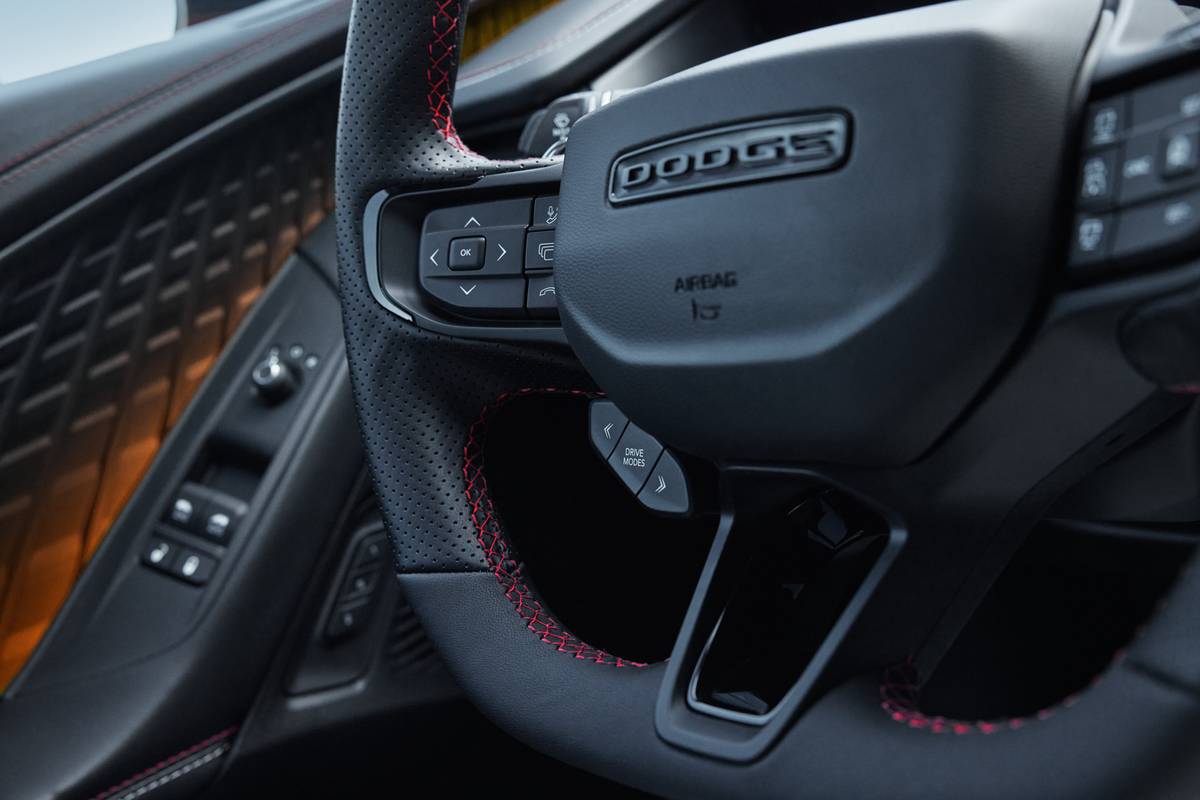
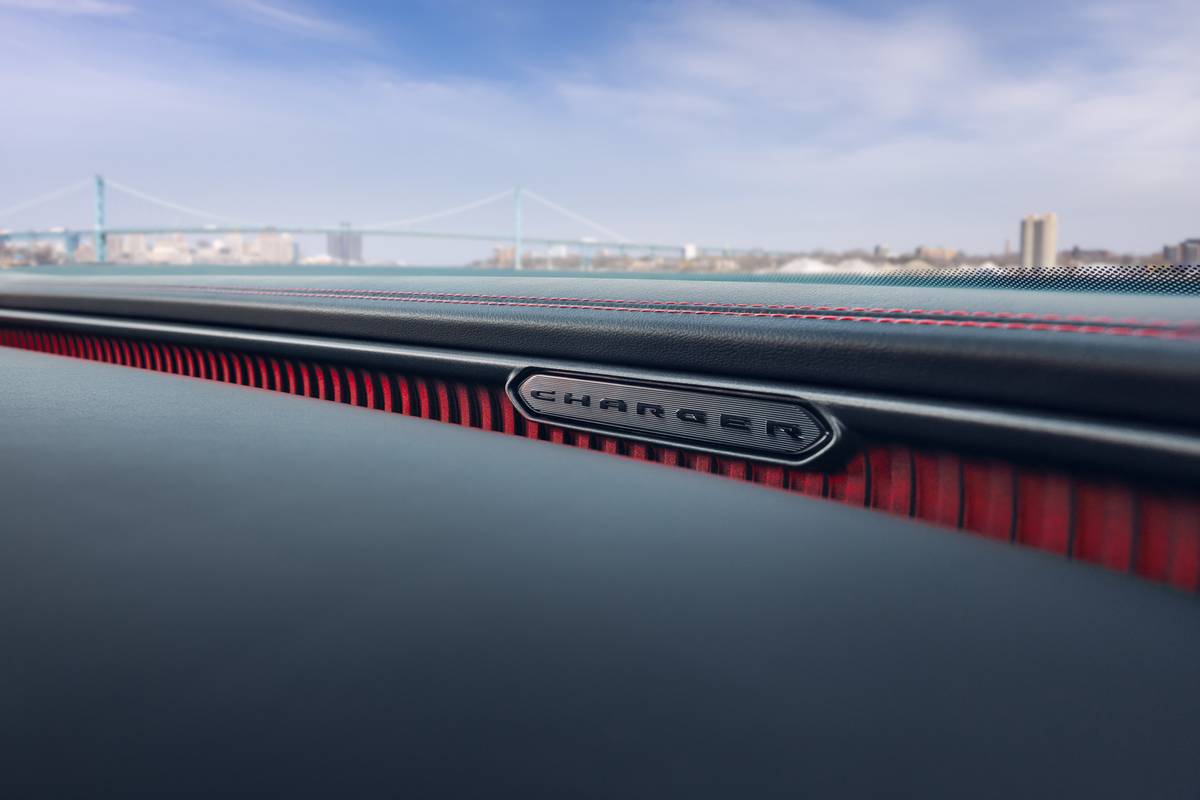
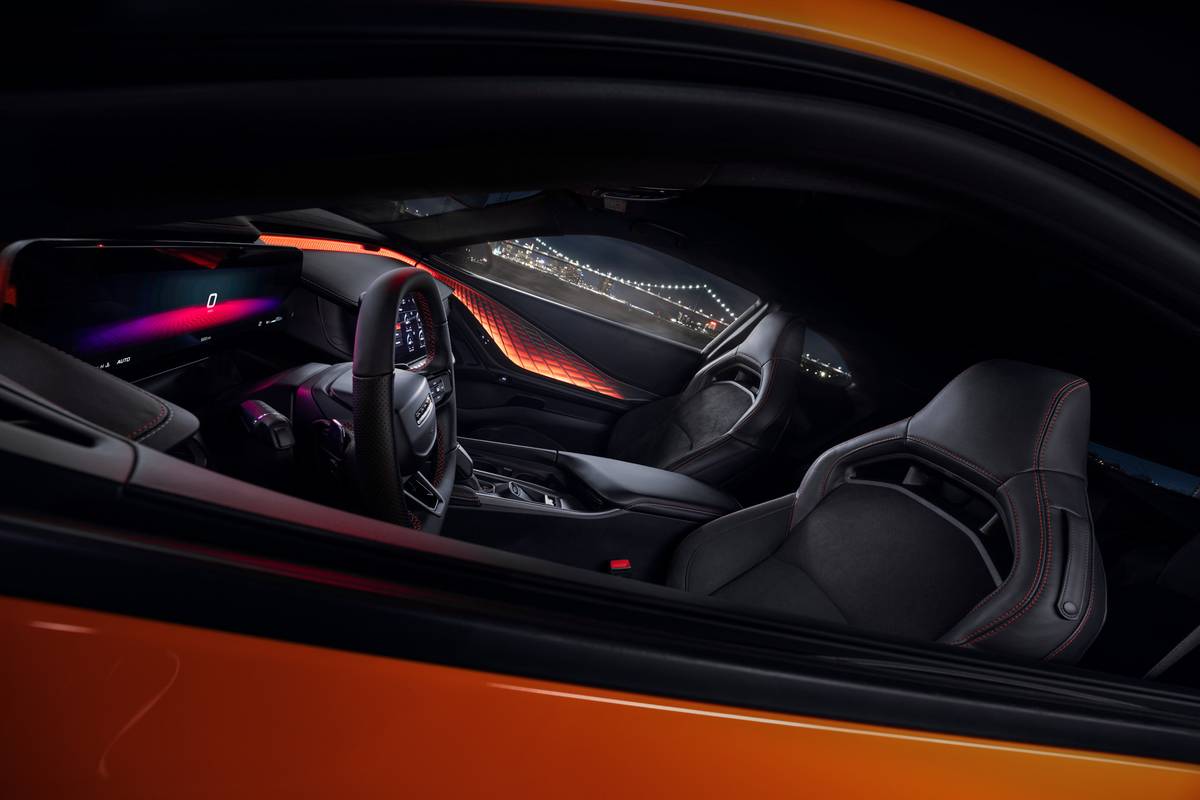
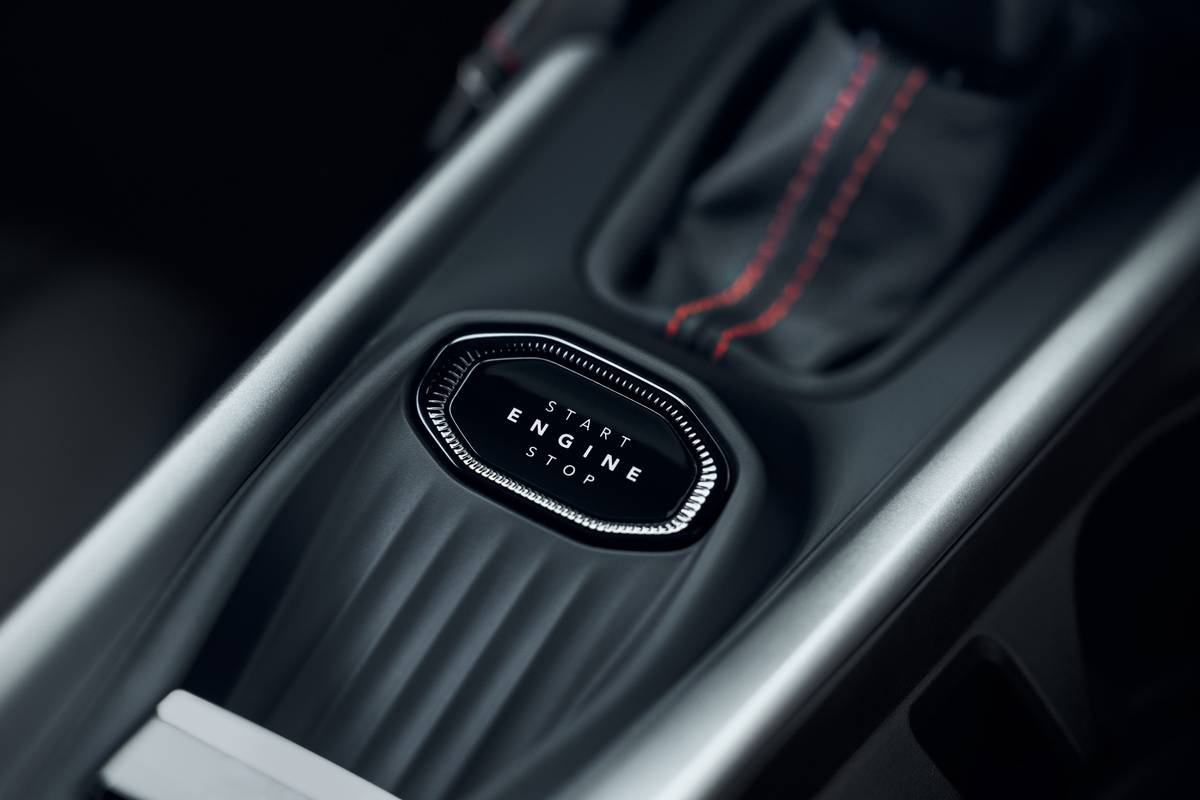
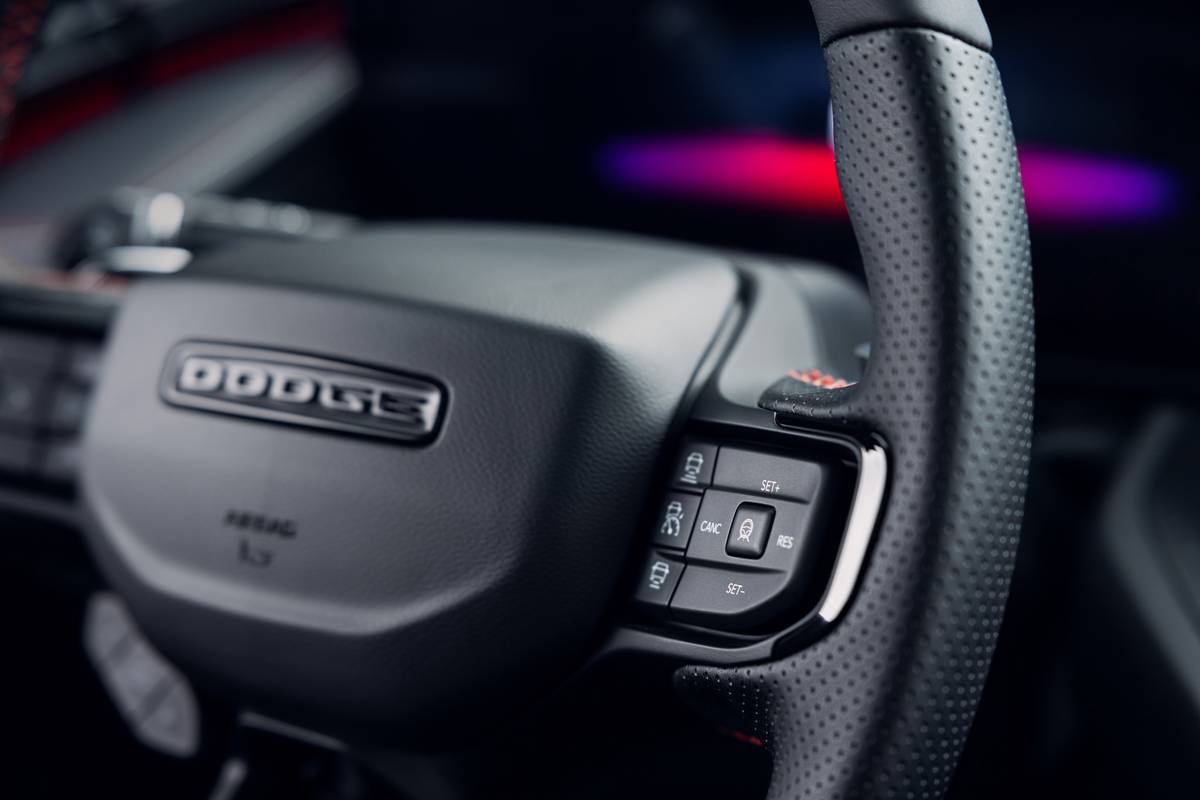
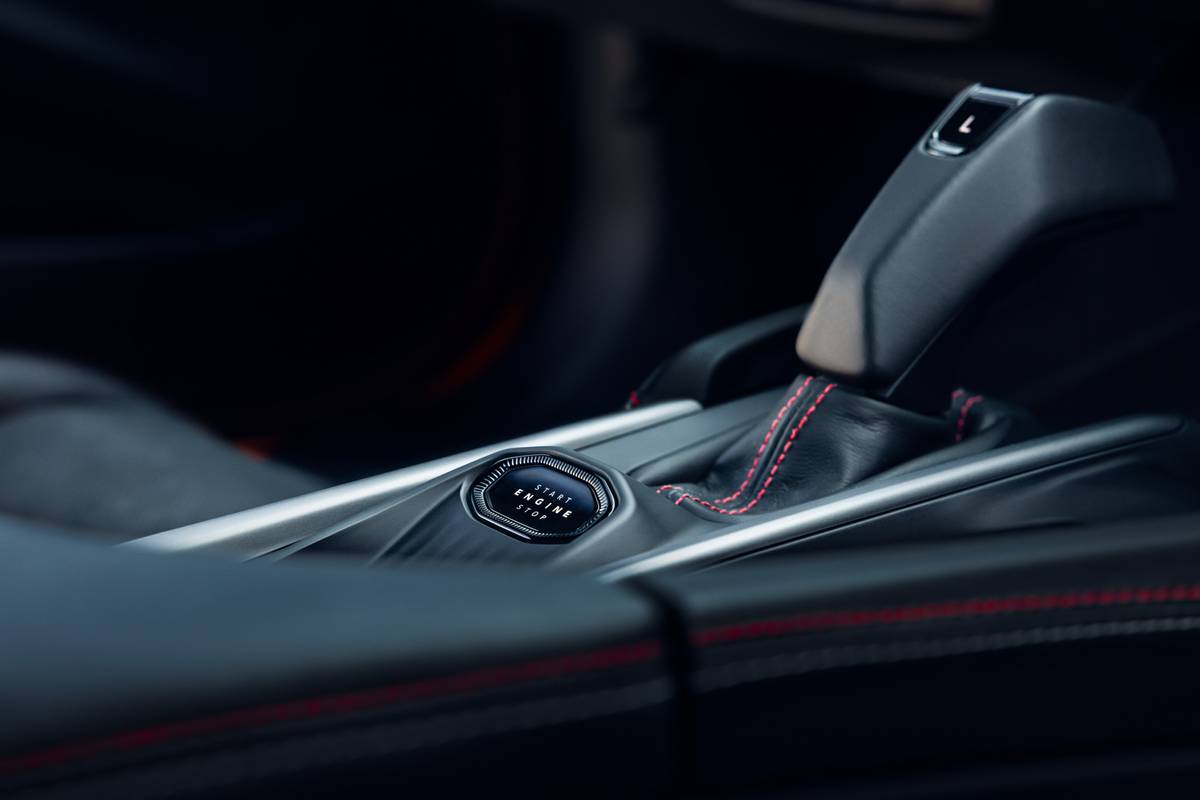
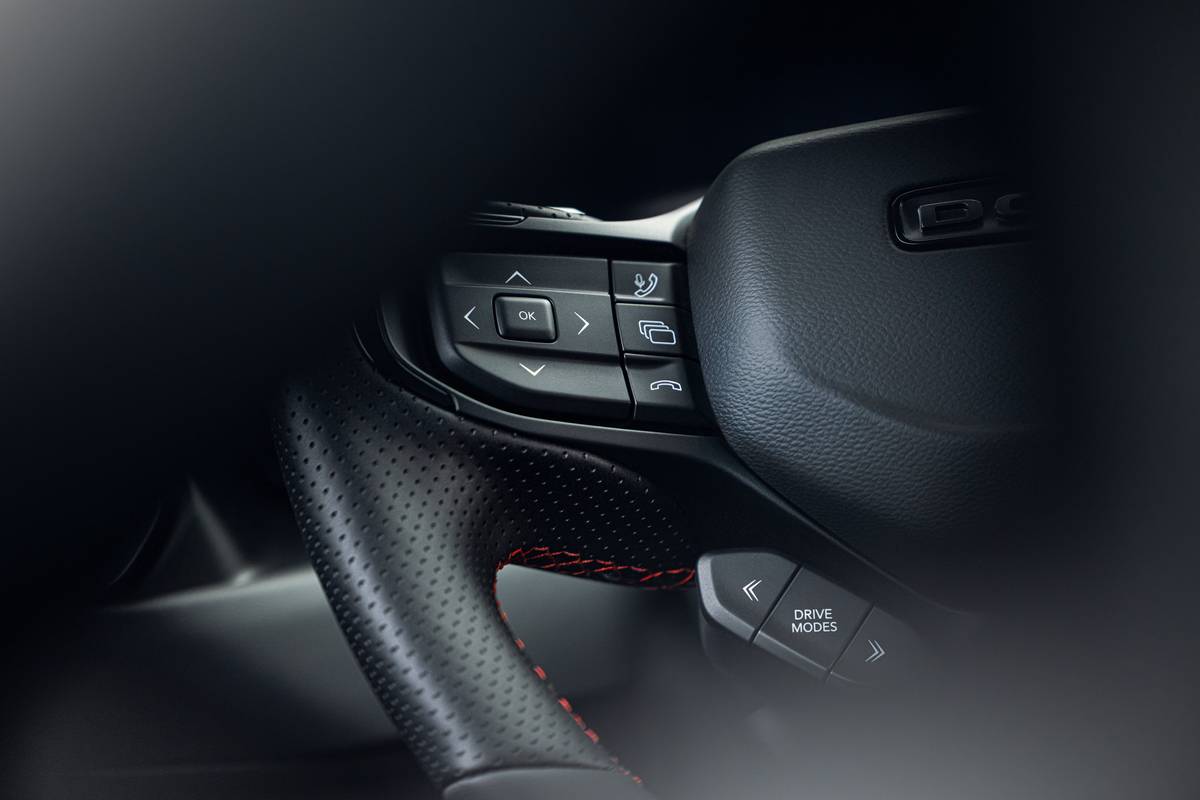

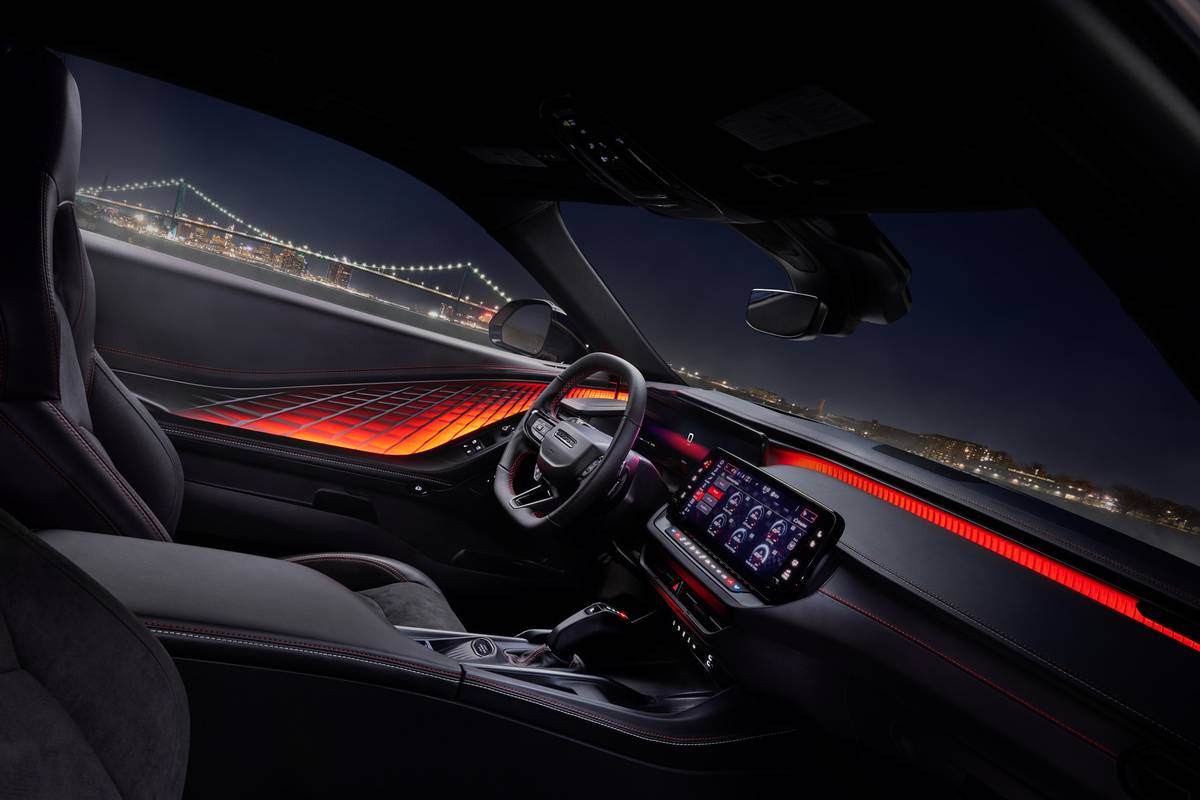















The gas-powered Charger’s interior doesn’t change much from the one in the EV, and that’s a good thing, as it’s a seriously cool place to be. Featuring a mix of screens and buttons, the Charger’s interior retains the 10.25-inch instrument cluster screen and 12.3-inch central touchscreen running the latest version of the Uconnect multimedia system. The steering wheel remains a flattened “squircle” design that’s better for viewing the digital instrument cluster, and on Scat Pack variants, it also features paddle shifters. The pistol-grip shifter design remains, and the available Attitude Adjustment ambient-lighting system features 64 selectable colors running across the dash and down the textured door panels.
Premium seat options include Black Nappa and Demonic Red Nappa leather, with high-backed seats that feature fixed head restraints available with the Plus Package. Like all Chargers, the rear seats are the same size in both the coupe and sedan, and the rear is a hatchback design that maximizes rear cargo capacity.
There’s a ton of safety tech, too, with all Chargers featuring standard:
- Forward collision warning with automatic emergency braking
- Lane-centering steering
- Adaptive cruise control with stop-and-go
- Front, side and rear parking sensors
- Blind spot monitoring
- Rear cross-traffic alert
- Traffic-sign recognition
- Drowsy driver detection
- Active Driving Assist, which combines adaptive cruise control and lane-centering steering
Optional features include:
- 360-degree parking camera with ParkSense activation, which shows what is in front of the vehicle on the center screen
- Turn Signal Active Blind Spot View, which displays the side views when the turn signal is activated
- Panoramic glass roof
- Carbon & Suede Package for real carbon-fiber trim and dual-material high-back seats and interior trim
- Blacktop Package with dark trim and wheels
- Two other 20-inch wheel options
- Plus Group (Scat Pack only), which includes eight-way power seats, illuminated door handles, proximity wake-up lighting, ambient lighting, premium LED headlights, a larger 16-inch digital instrument cluster, 360-degree camera and a head-up display
- ${price_badge()}
- ${ami_badge()}
- ${battery_badge()}${ev_report_link()}
- ${hot_car_badge()}
- ${award_badge()}
- ${cpo_badge()}
${price_badge_description}
${ami_badge_description}
The EV Battery Rating is based on this vehicle's current expected range relative to the vehicles expected range when new. ${battery_badge_text}
Certified cars are manufacturer warrantied and typically go through a rigorous multi-point inspection.
This car is likely to sell soon based on the price, features, and condition.
${award_blurb}
${award_two_blurb}
Shop the 2025 Dodge Charger Daytona near you

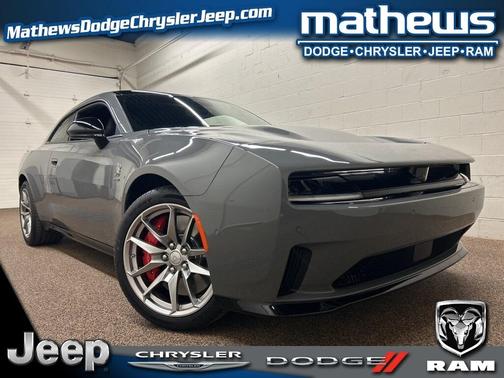
Will It Work?
The electric Charger Daytona has been a sales flop — there’s no other way to really say that — so drastically changing the nature of Dodge’s super-popular muscle car when its customers demanded no such thing never really sounded right. But will customers return to the Charger now that it has a gas engine? Even though it’s not the storied Hemi they were trained to desire? And are they ready to pay north of fifty grand for the car that almost has the engine they really want it to have?
As pricing goes, the 2026 gas-powered models are only a few thousand dollars more than the outgoing 2023 gas-powered models were, and they feature far more standard equipment, AWD, and a lot more power and torque. Whether that’s enough to bring back the faithful remains to be seen, but it’s a solid step in the right direction for Dodge.
Read More About the Dodge Charger:
- 2024 Dodge Charger Daytona Scat Pack Review: Identity Crisis
- All-Electric 2024 Dodge Charger Daytona Coupe Priced From $61,590
- 2024 Dodge Charger Up Close: Is This the Coolest American EV Ever?
- What to Know Before Purchasing an Electric Vehicle: A Buying Guide
- Shop for a 2024 Dodge Charger Daytona Near You
Related Video:
Cars.com’s Editorial department is your source for automotive news and reviews. In line with Cars.com’s long-standing ethics policy, editors and reviewers don’t accept gifts or free trips from automakers. The Editorial department is independent of Cars.com’s advertising, sales and sponsored content departments.

Detroit Bureau Chief Aaron Bragman has had over 25 years of experience in the auto industry as a journalist, analyst, purchasing agent and program manager. Bragman grew up around his father’s classic Triumph sports cars (which were all sold and gone when he turned 16, much to his frustration) and comes from a Detroit family where cars put food on tables as much as smiles on faces. Today, he’s a member of the Automotive Press Association and the Midwest Automotive Media Association. His pronouns are he/him, but his adjectives are fat/sassy.
Featured stories
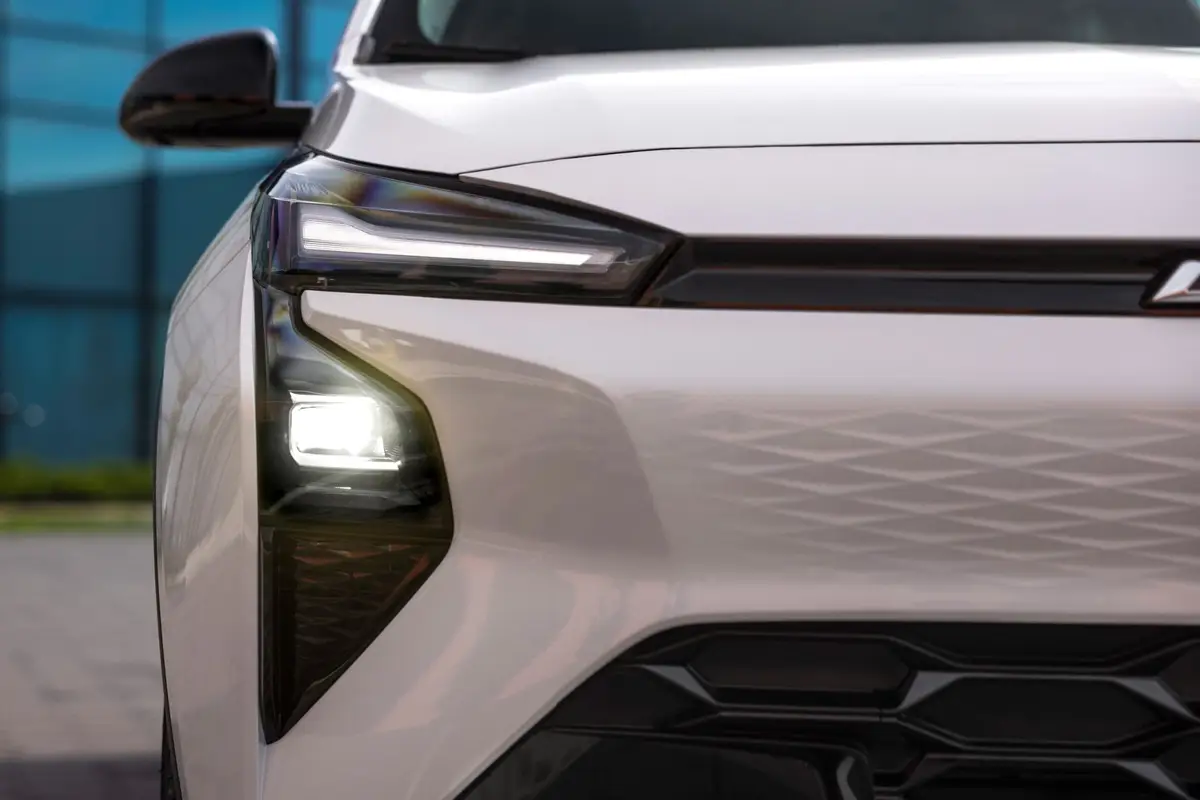
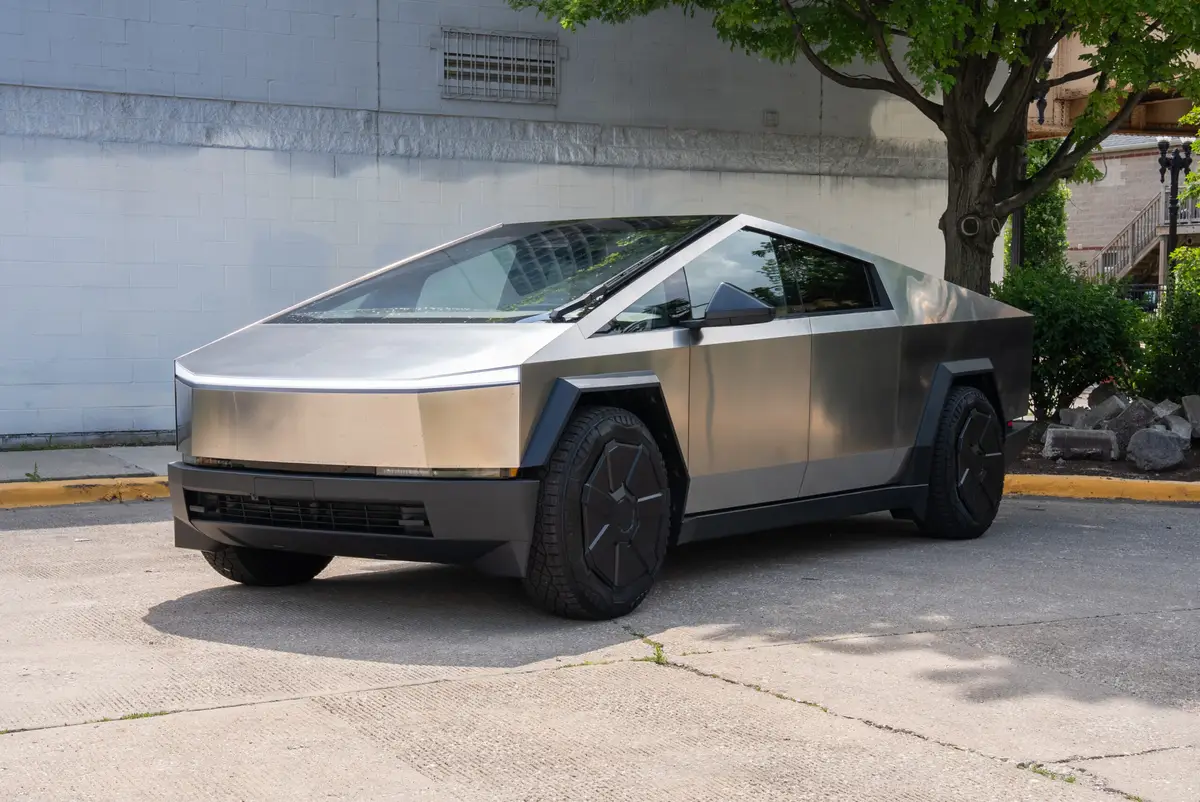
2025 Tesla Cybertruck Review: Wedge Issues

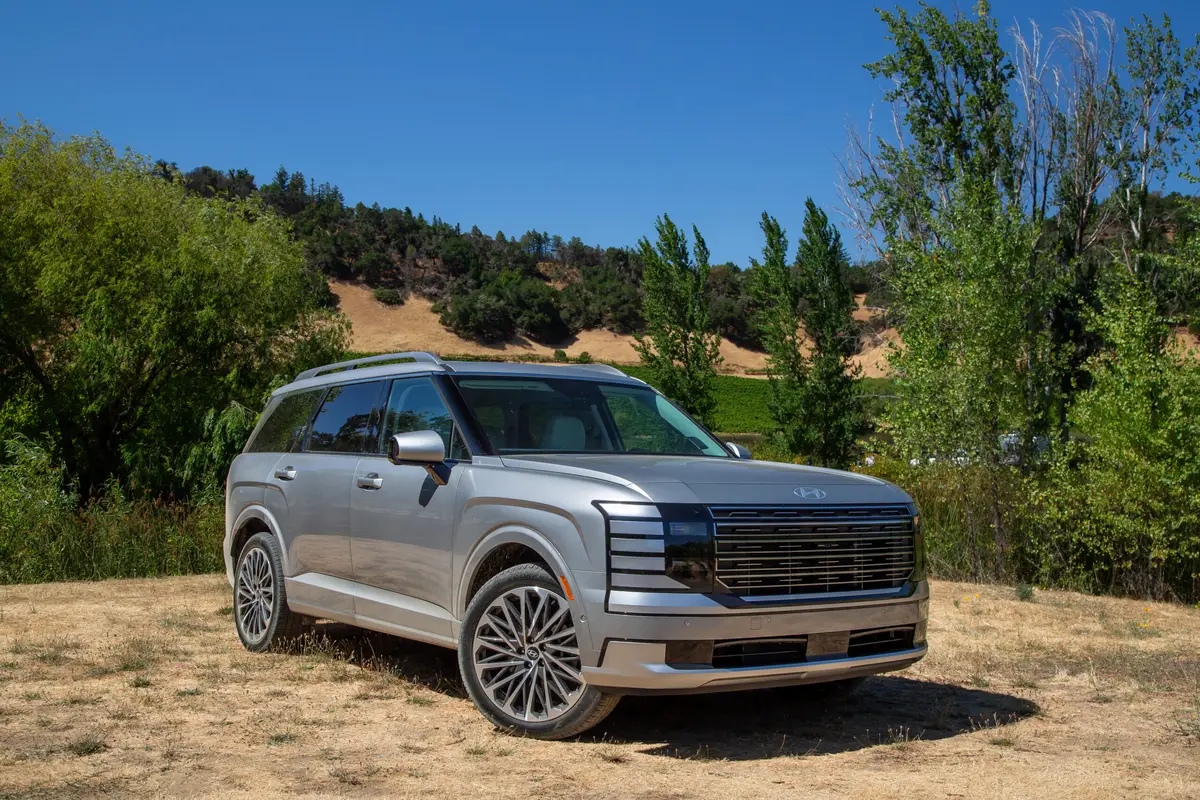
2026 Hyundai Palisade Review: Growing Gains











